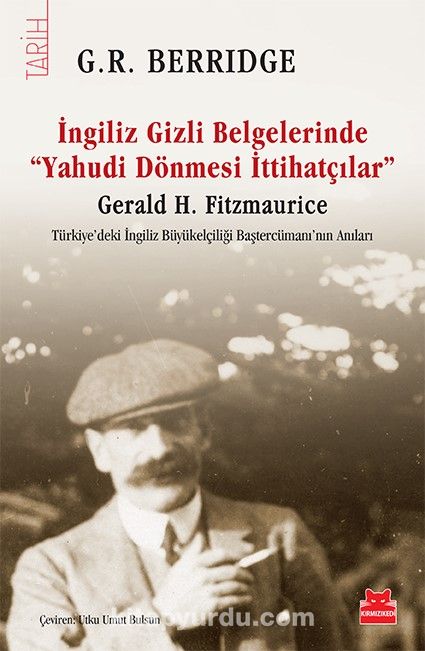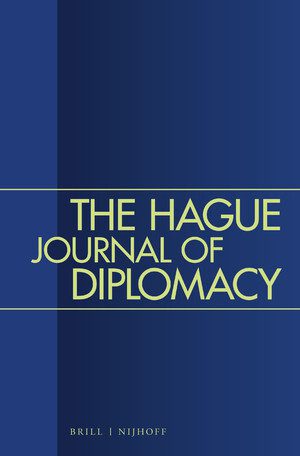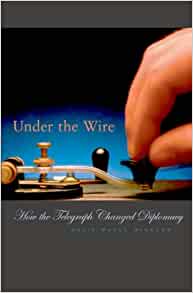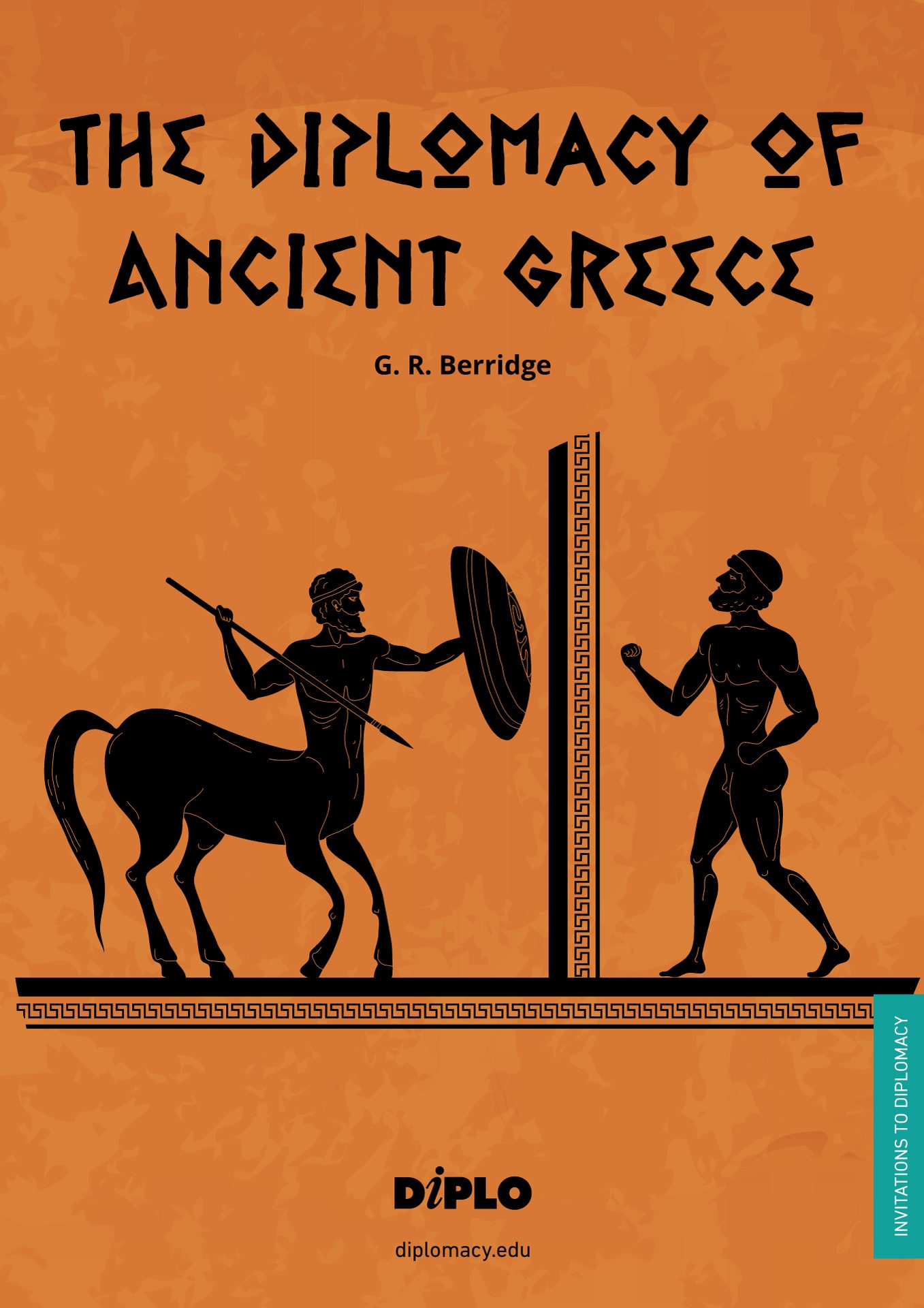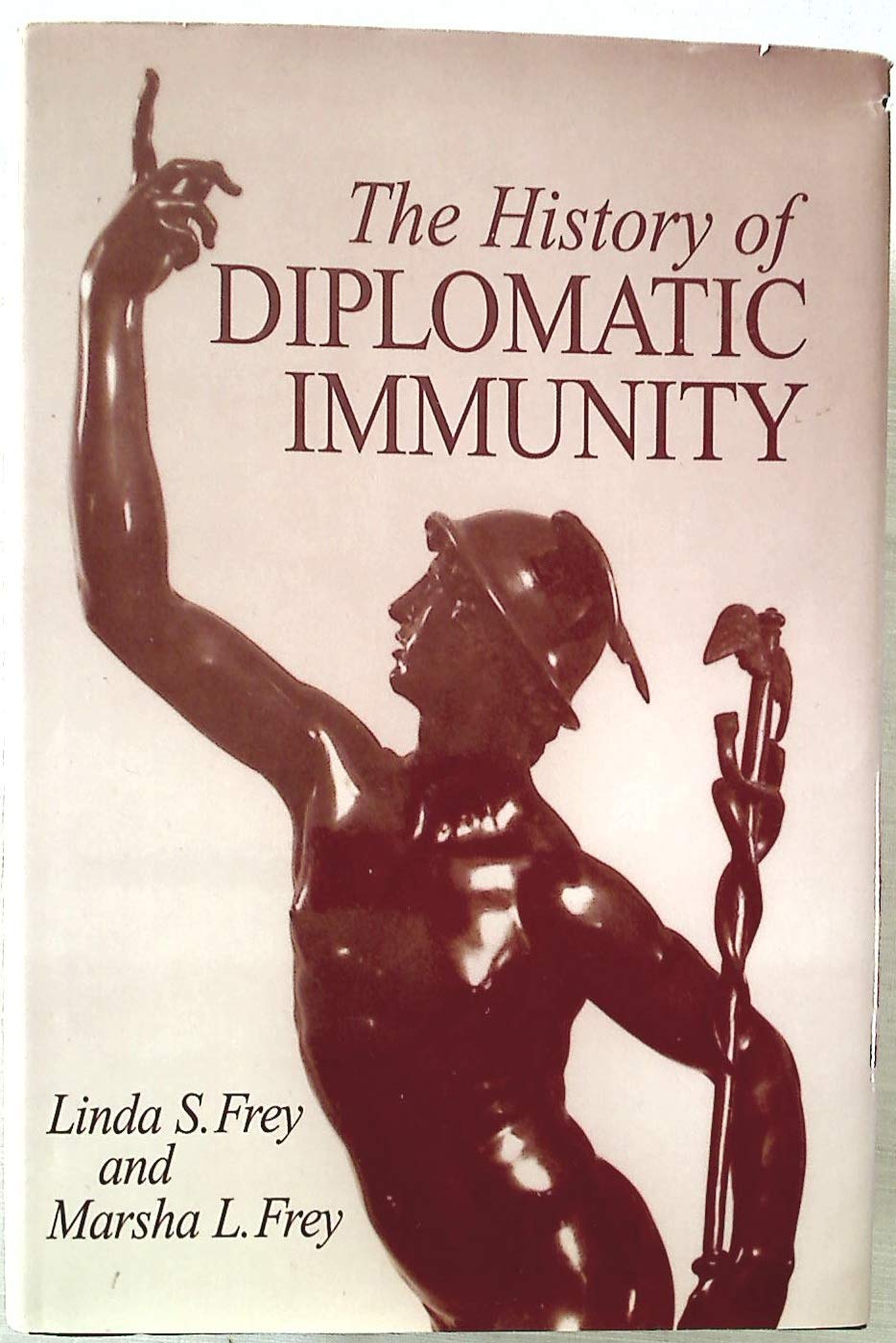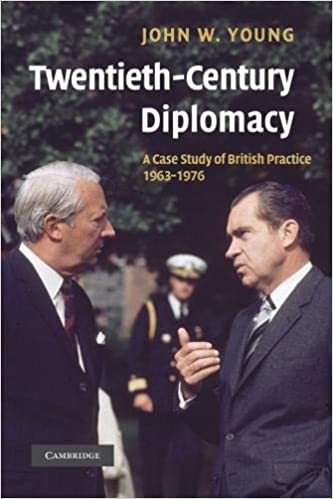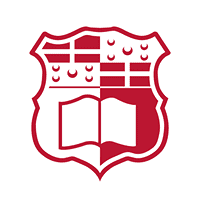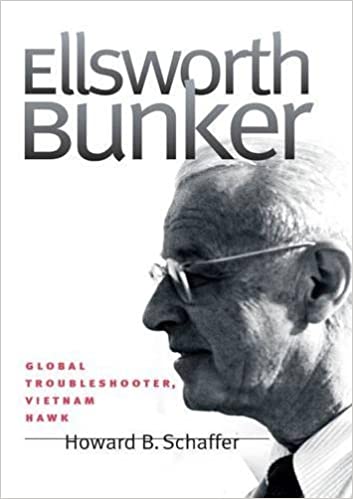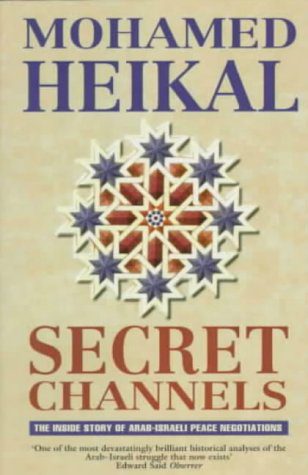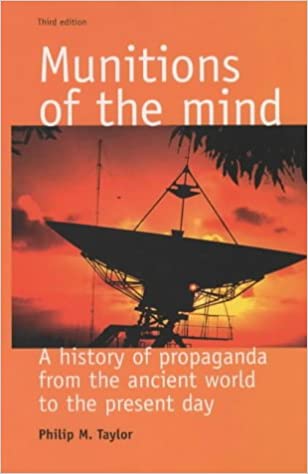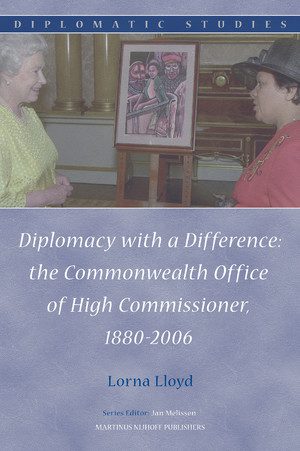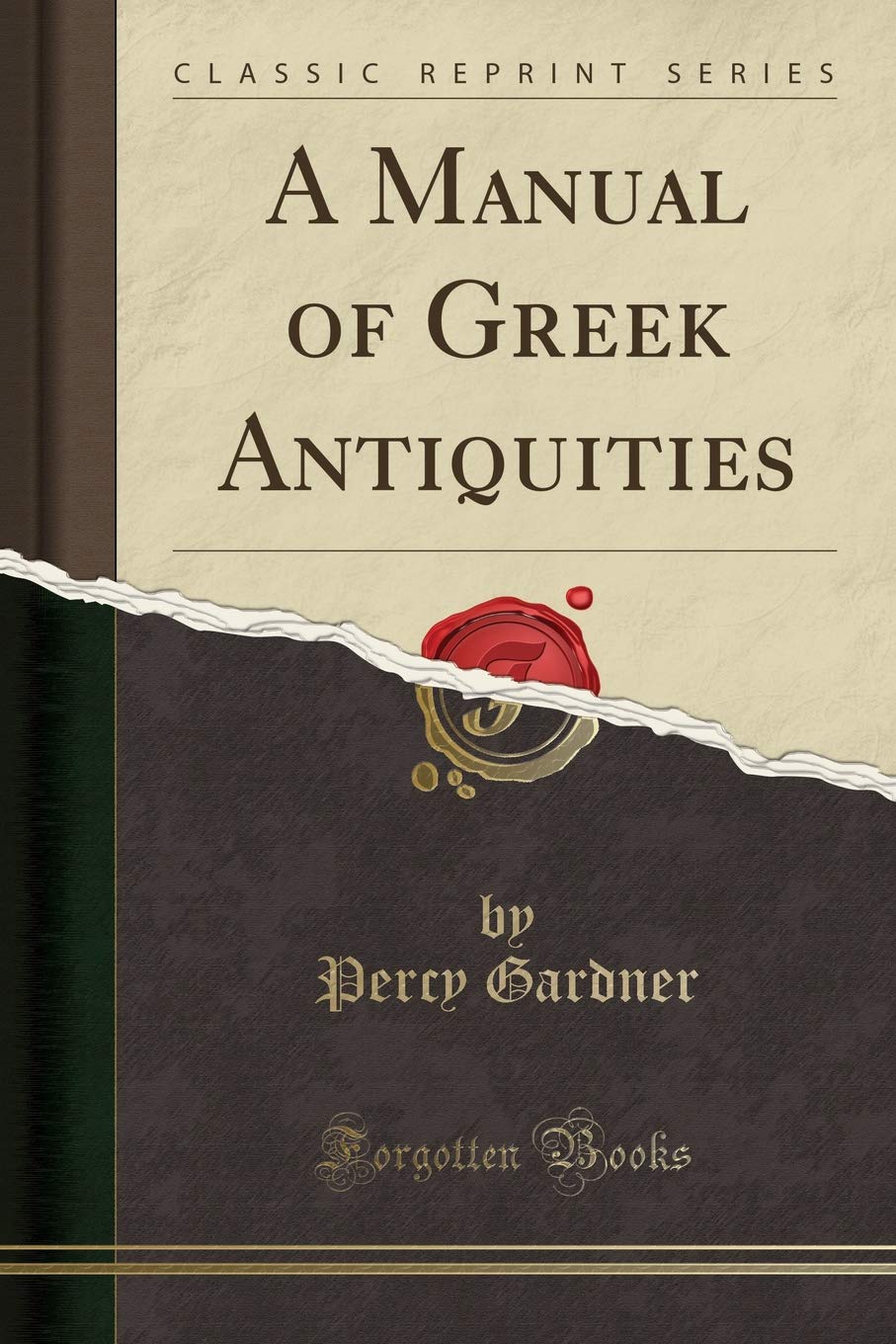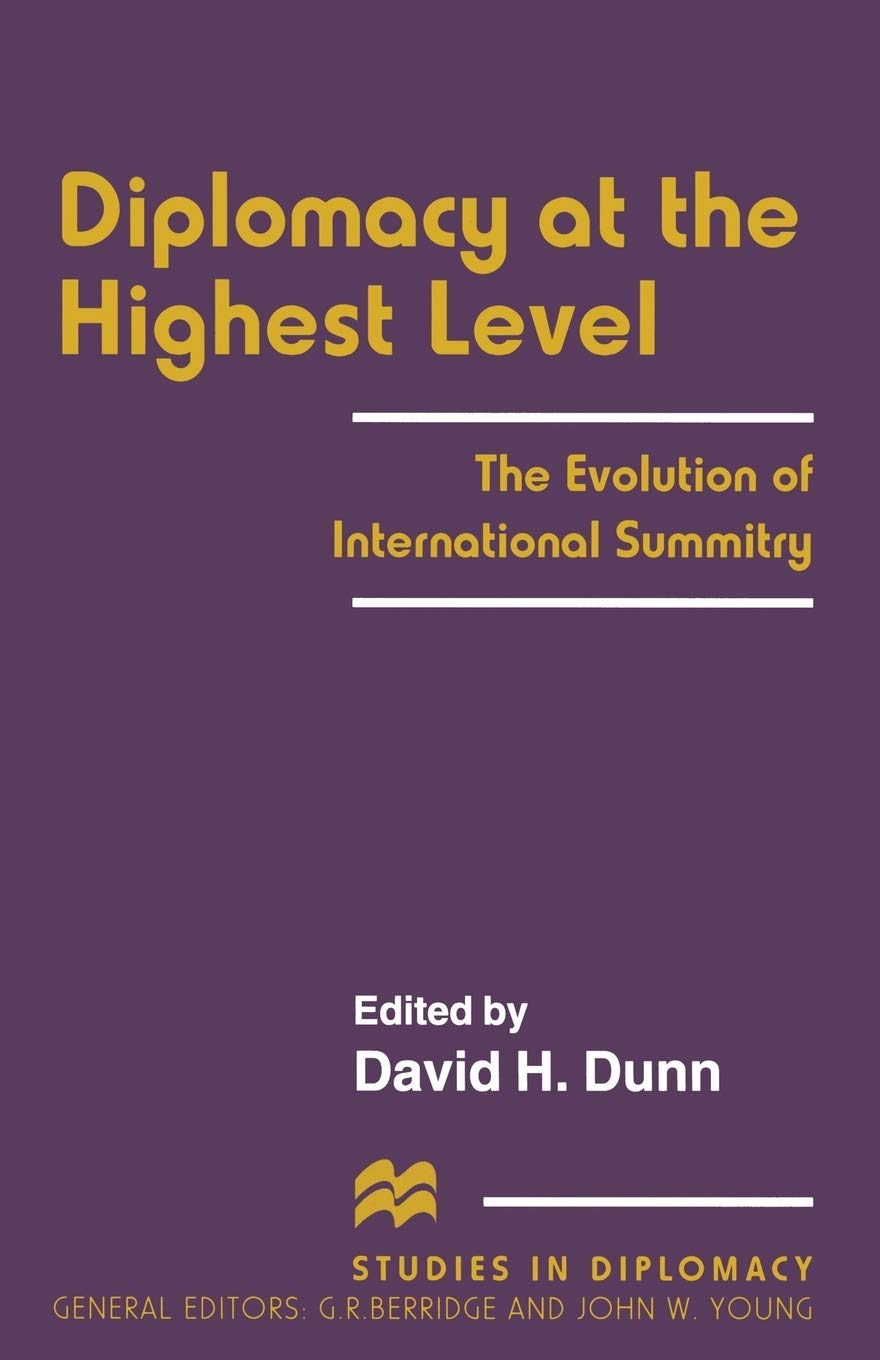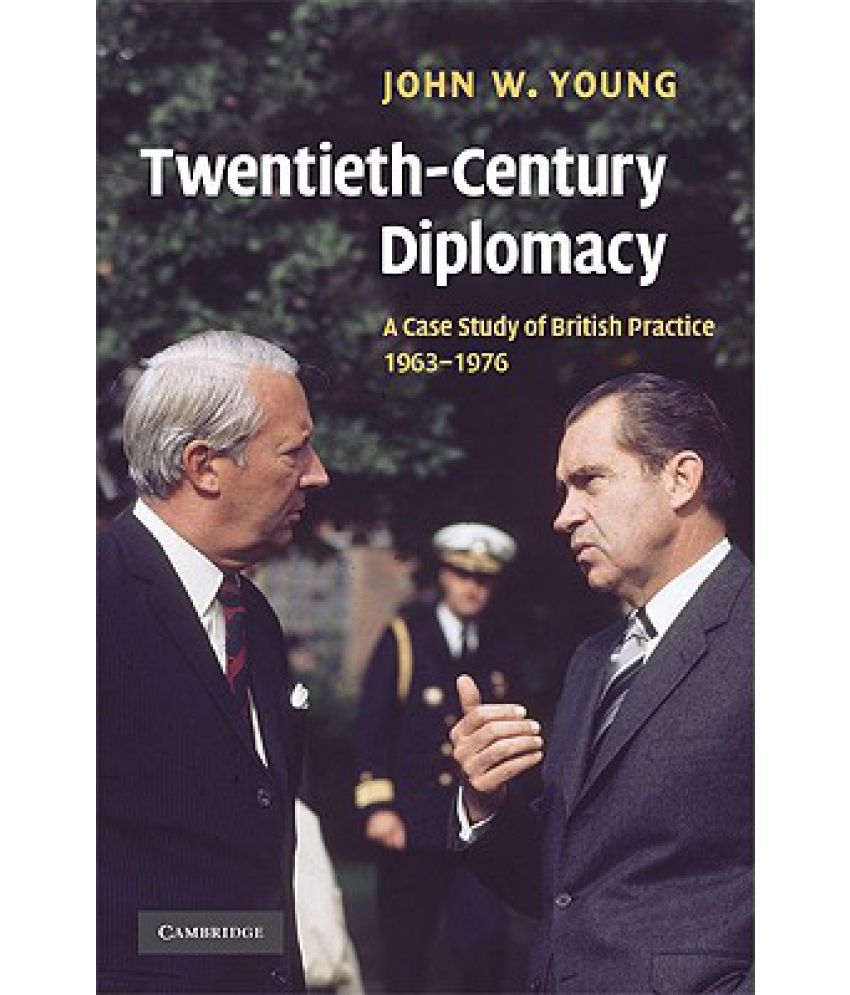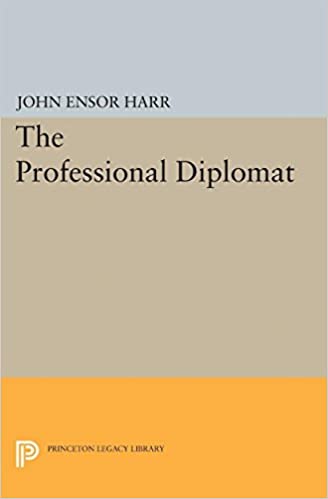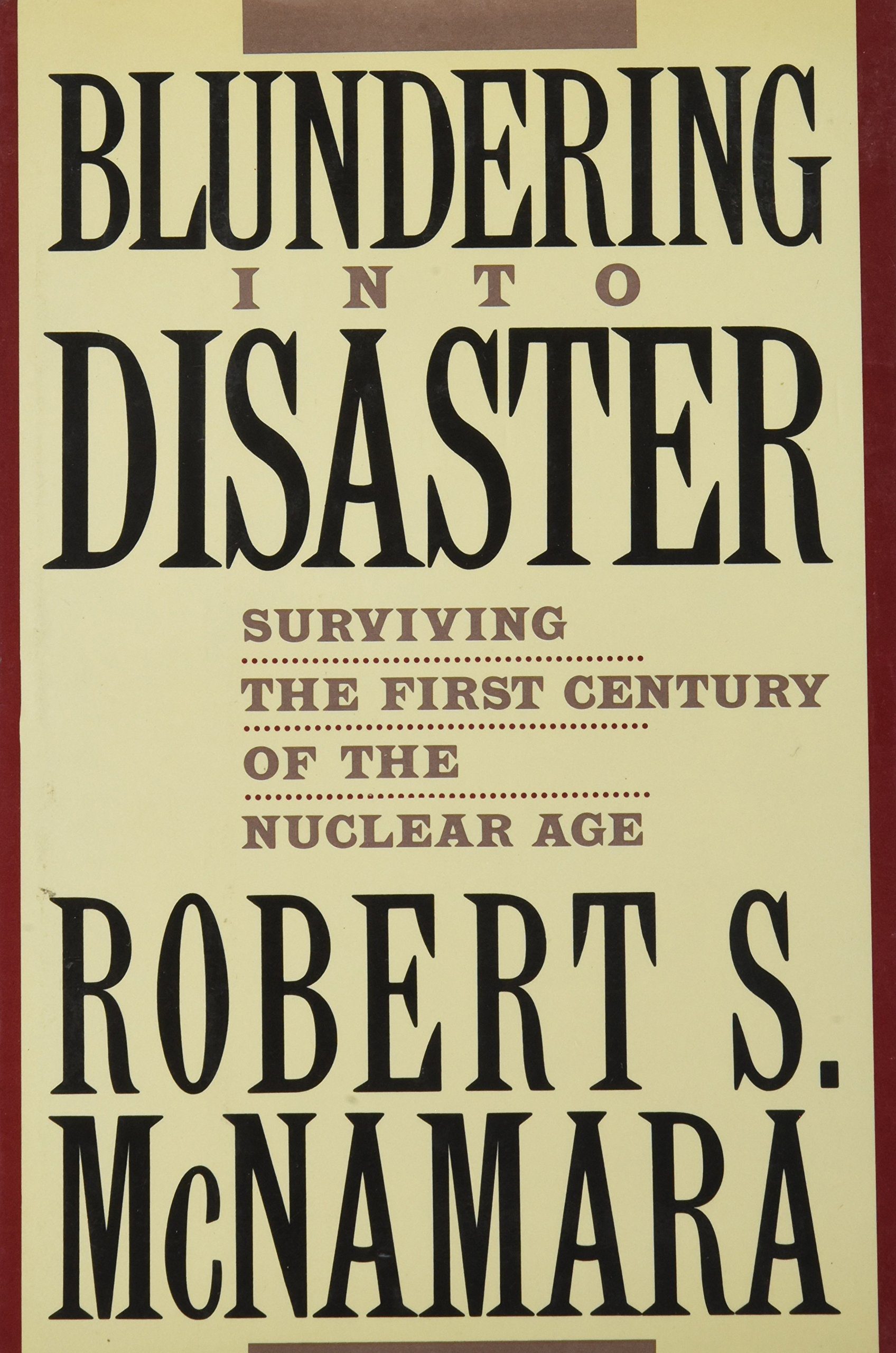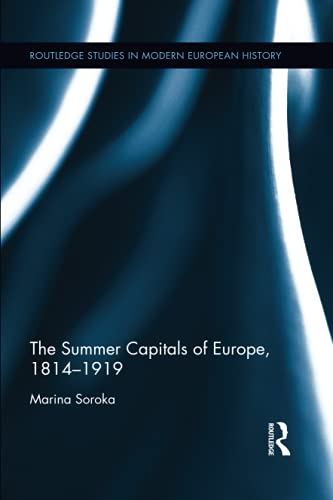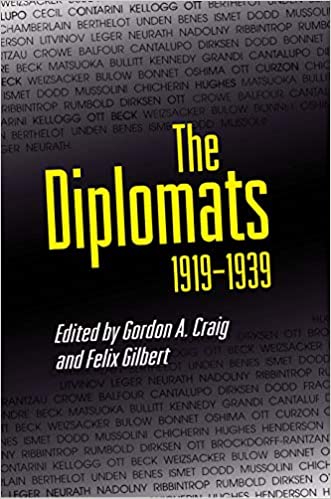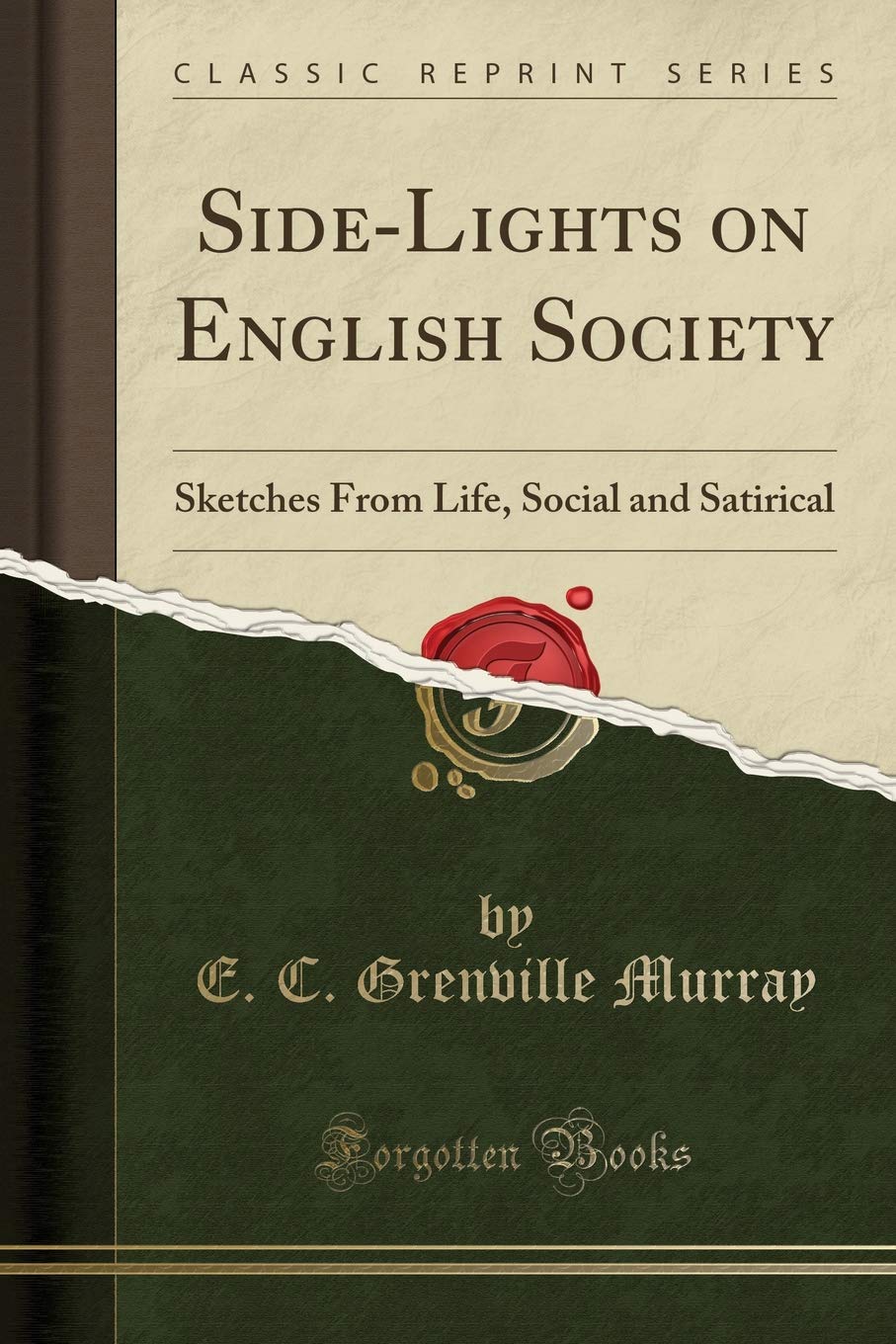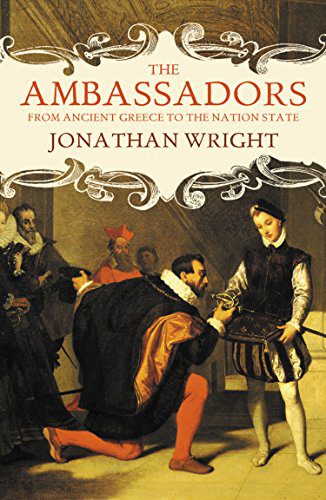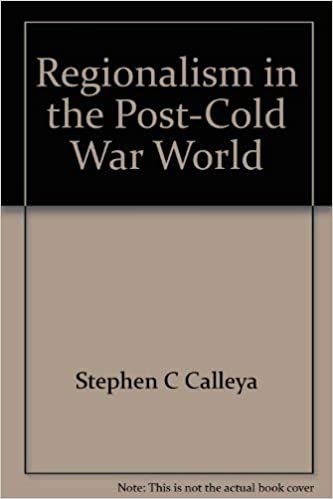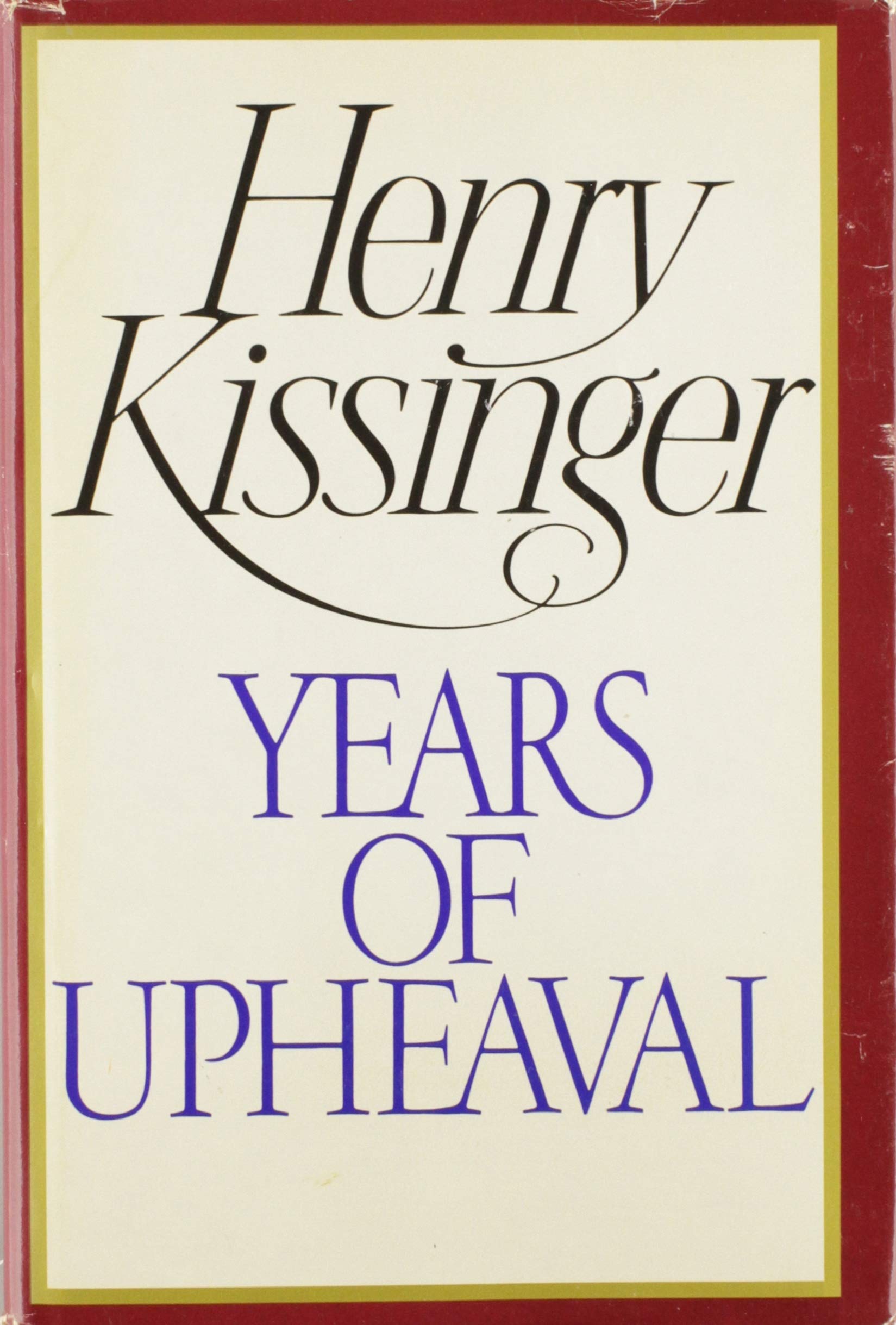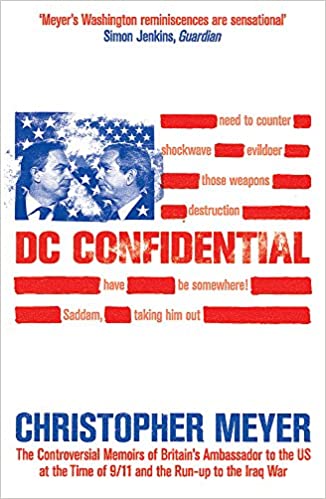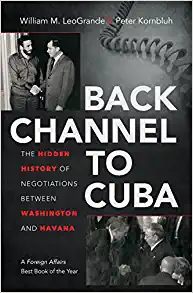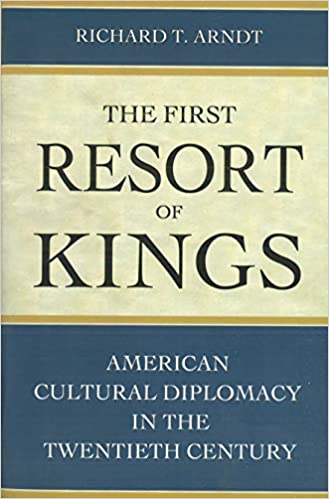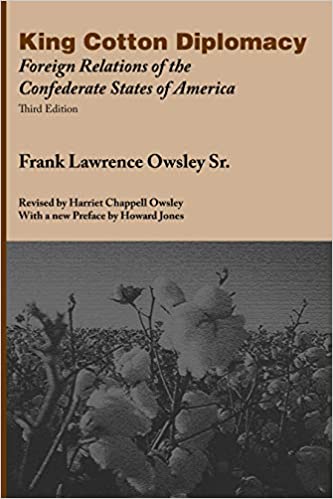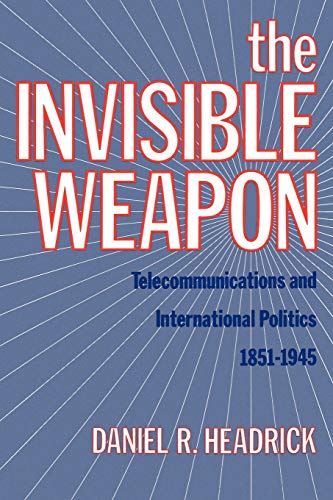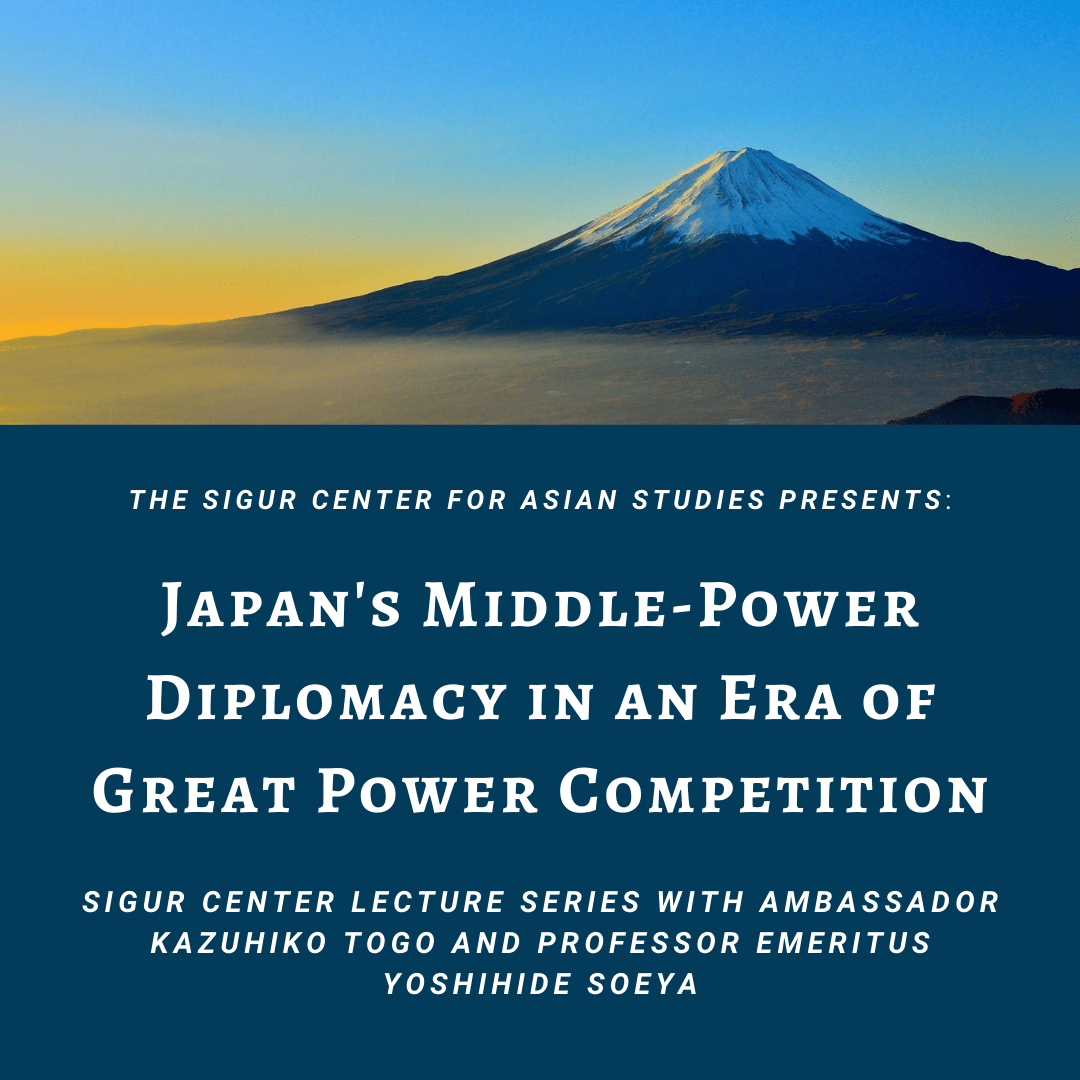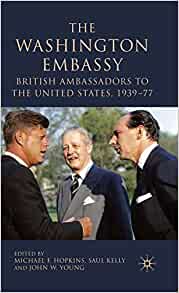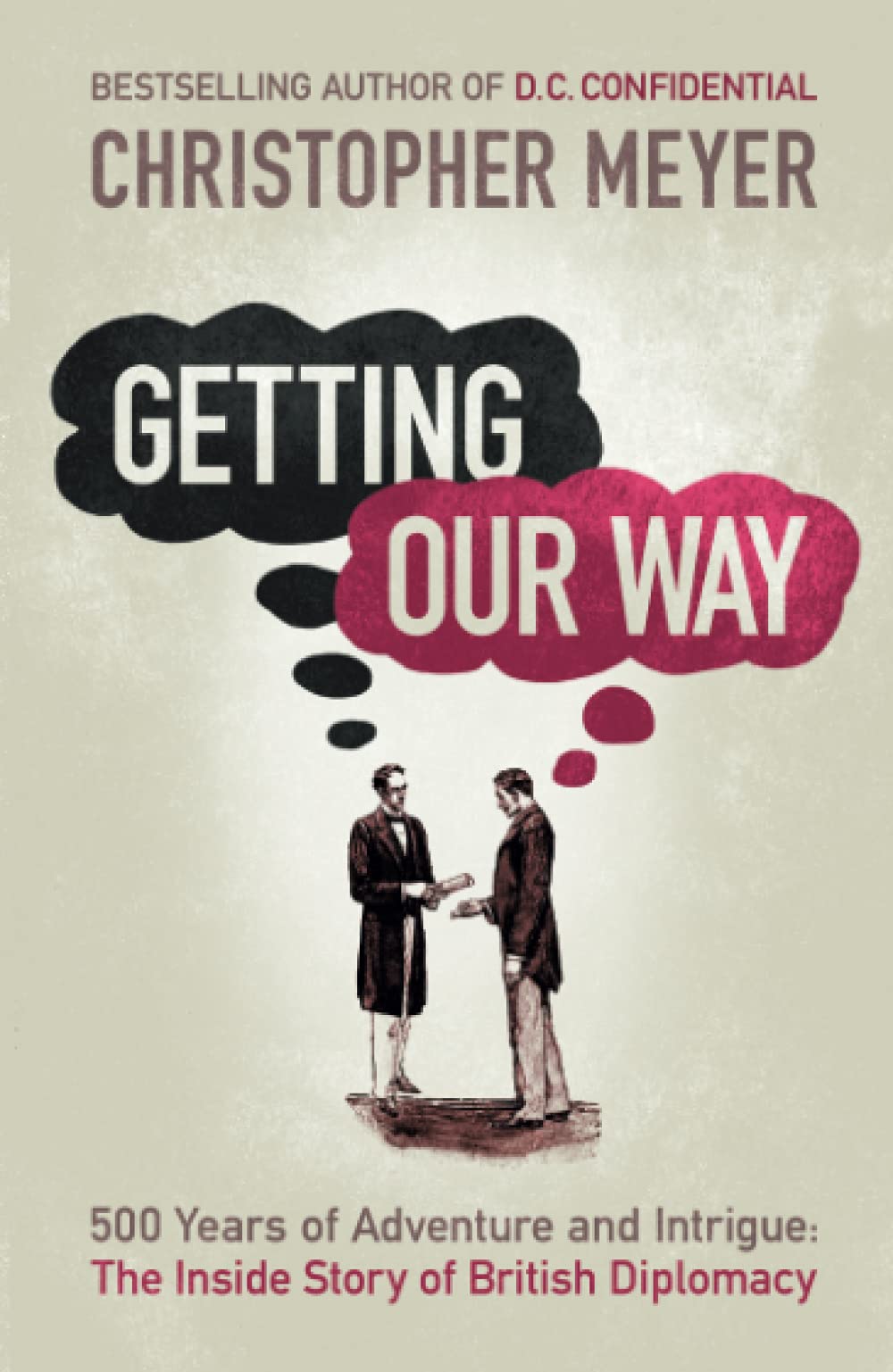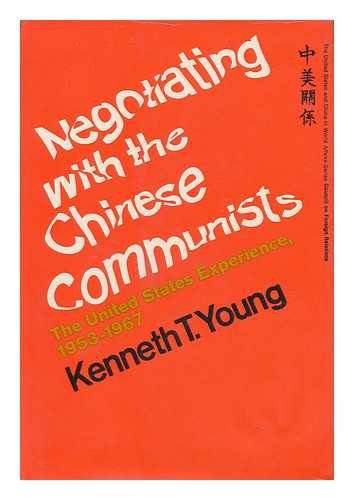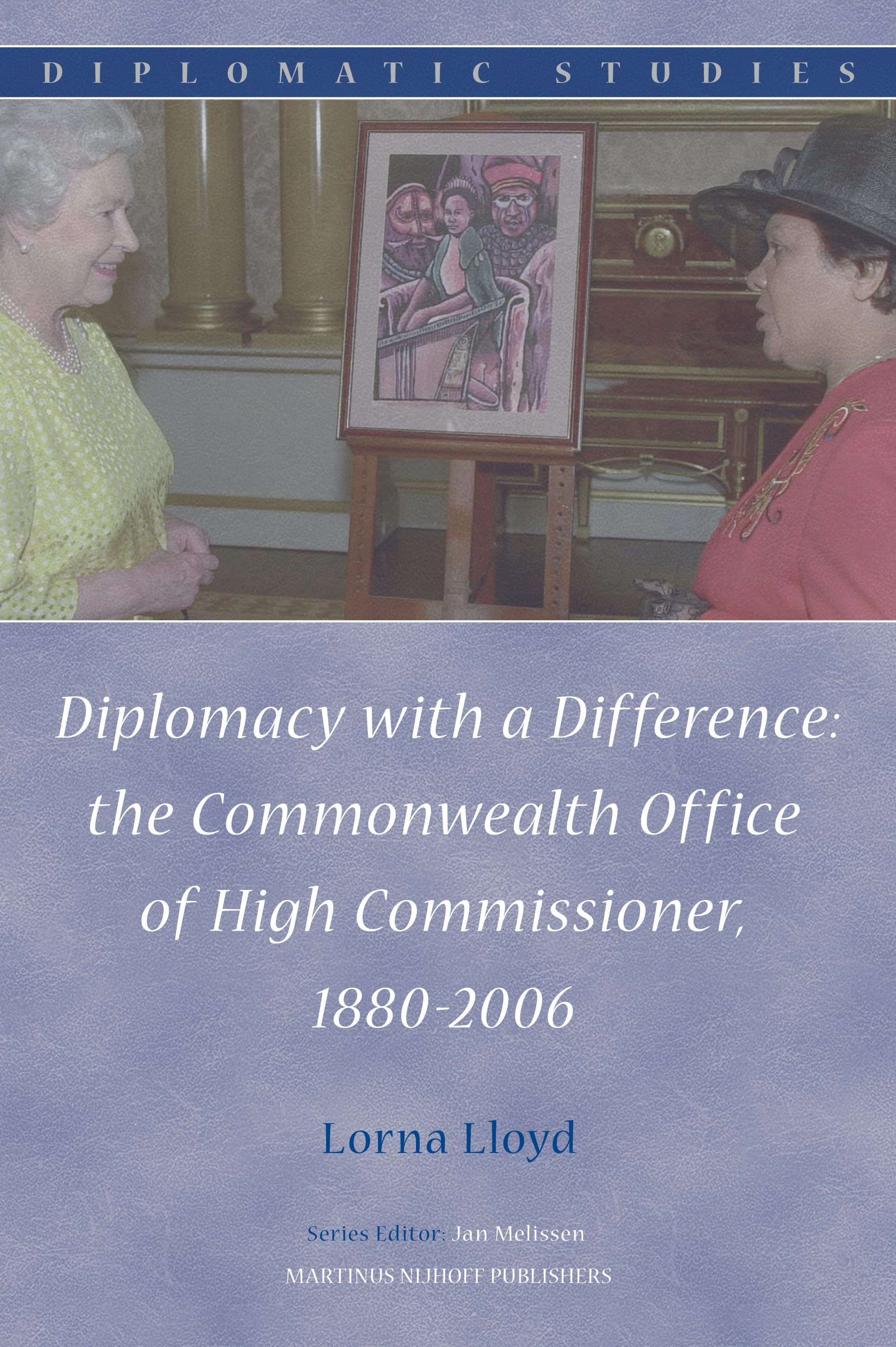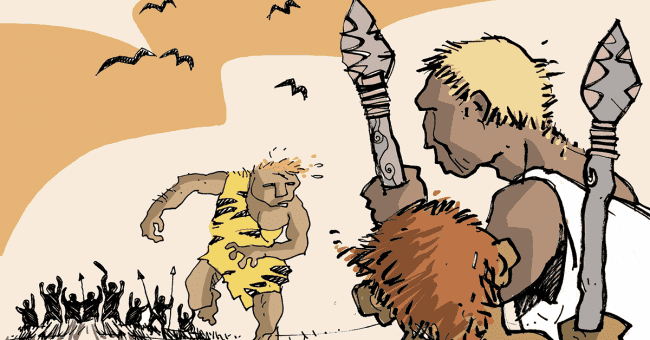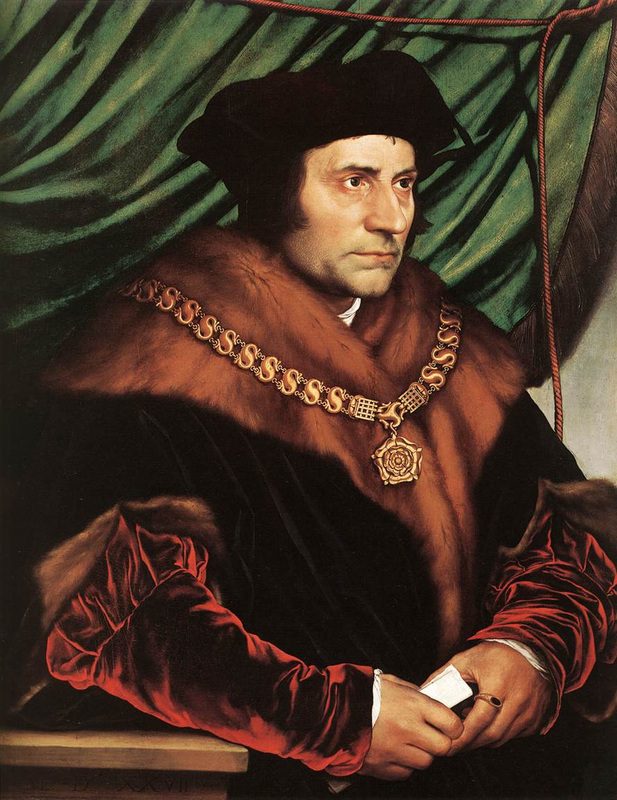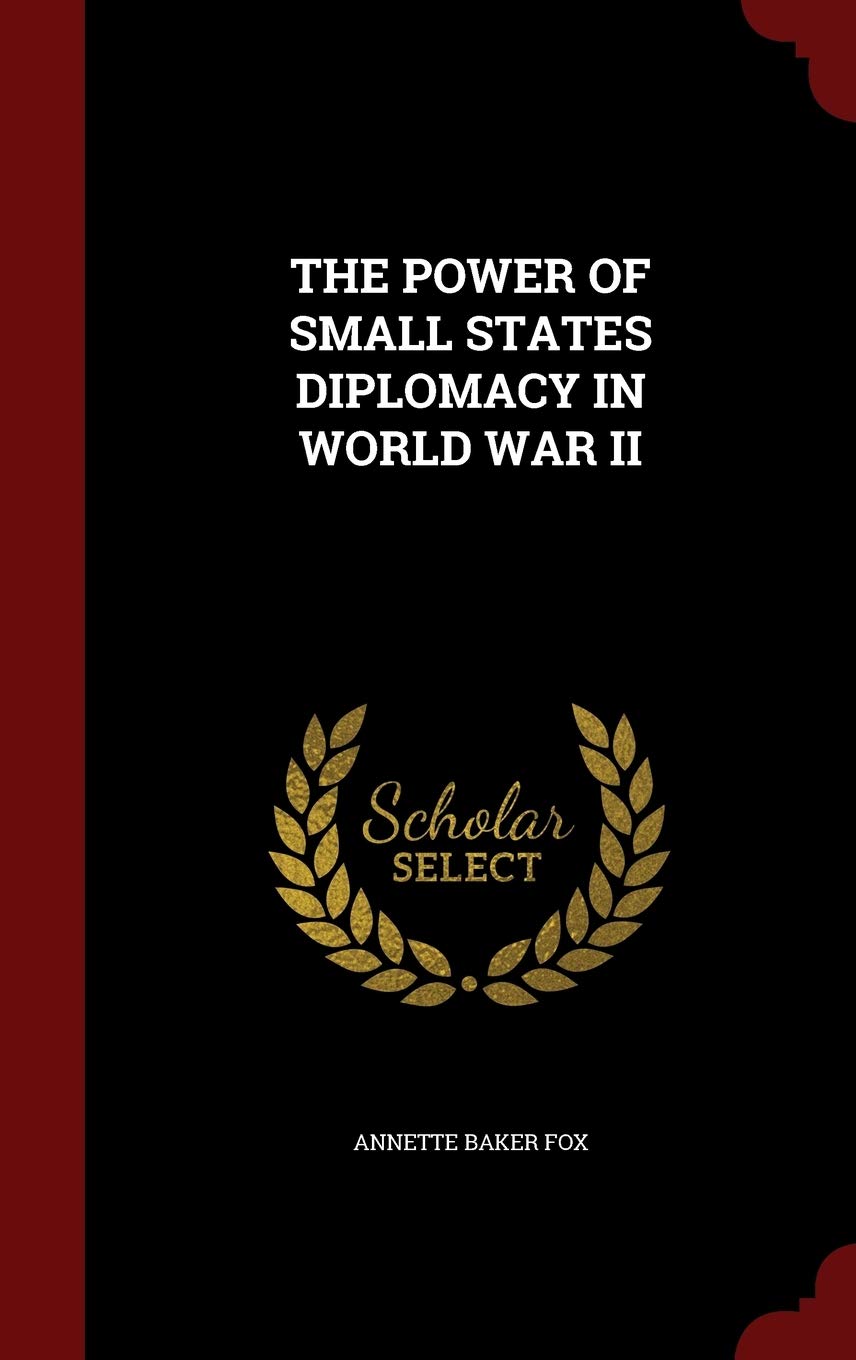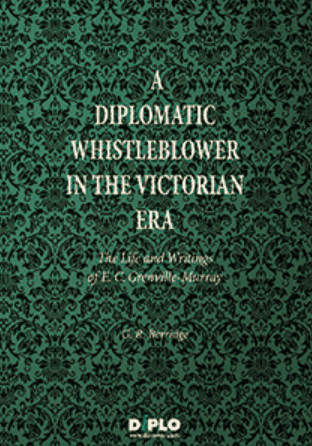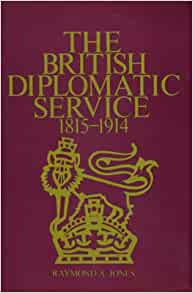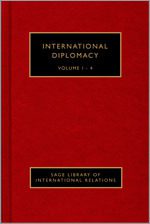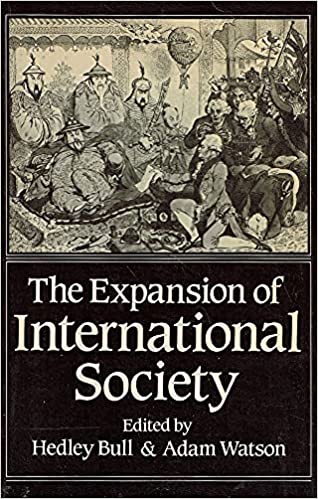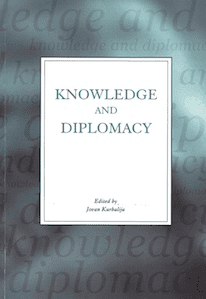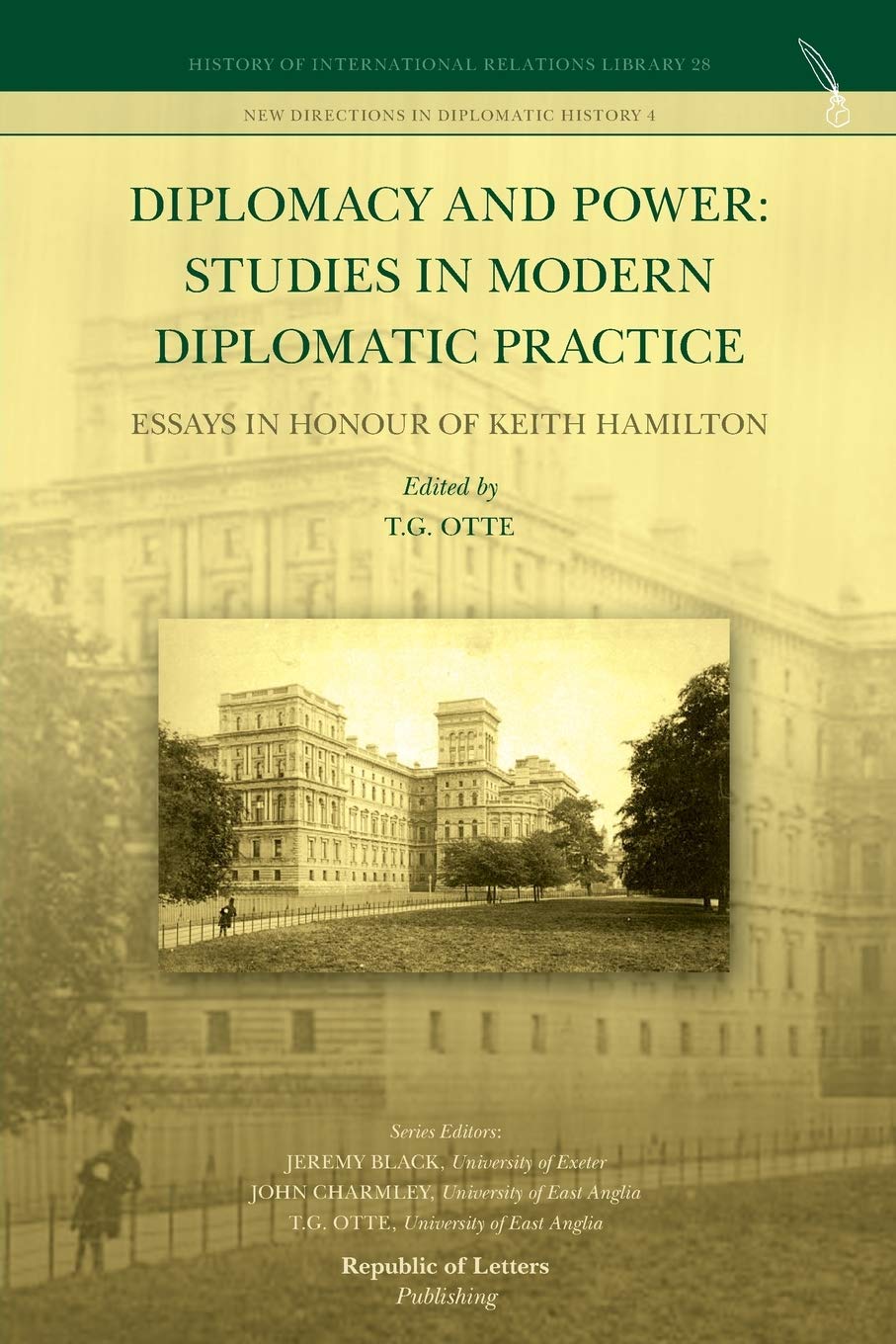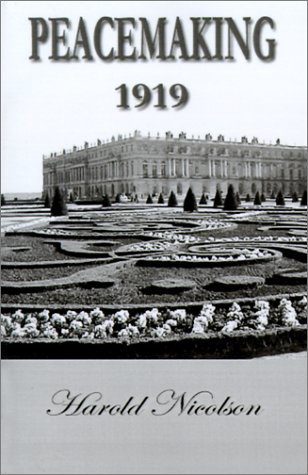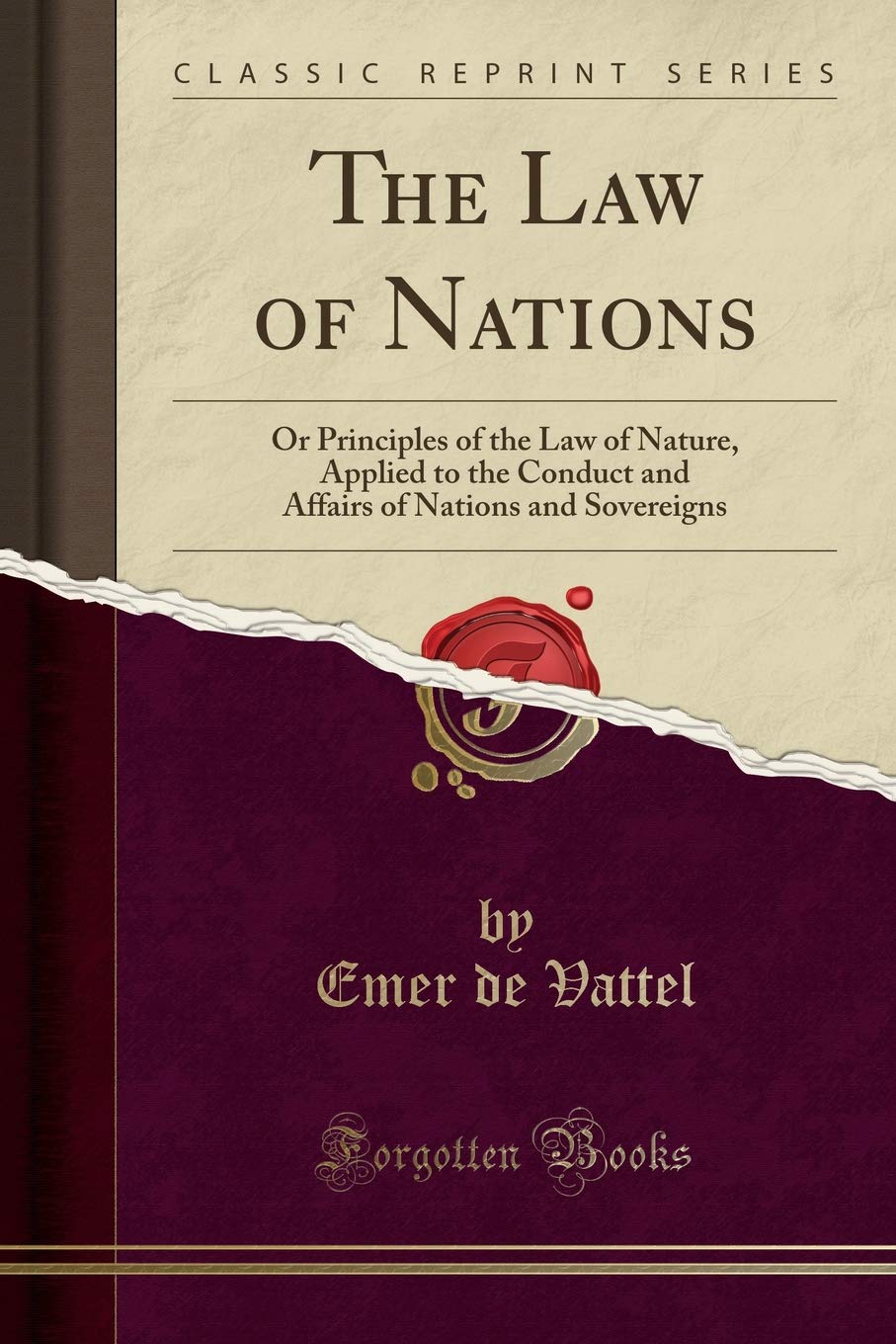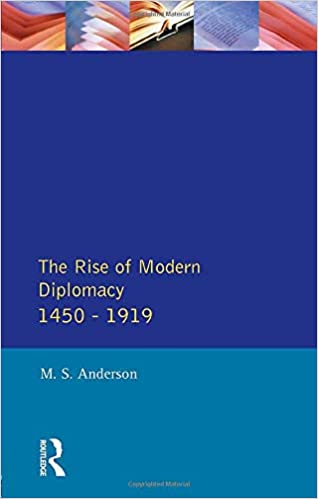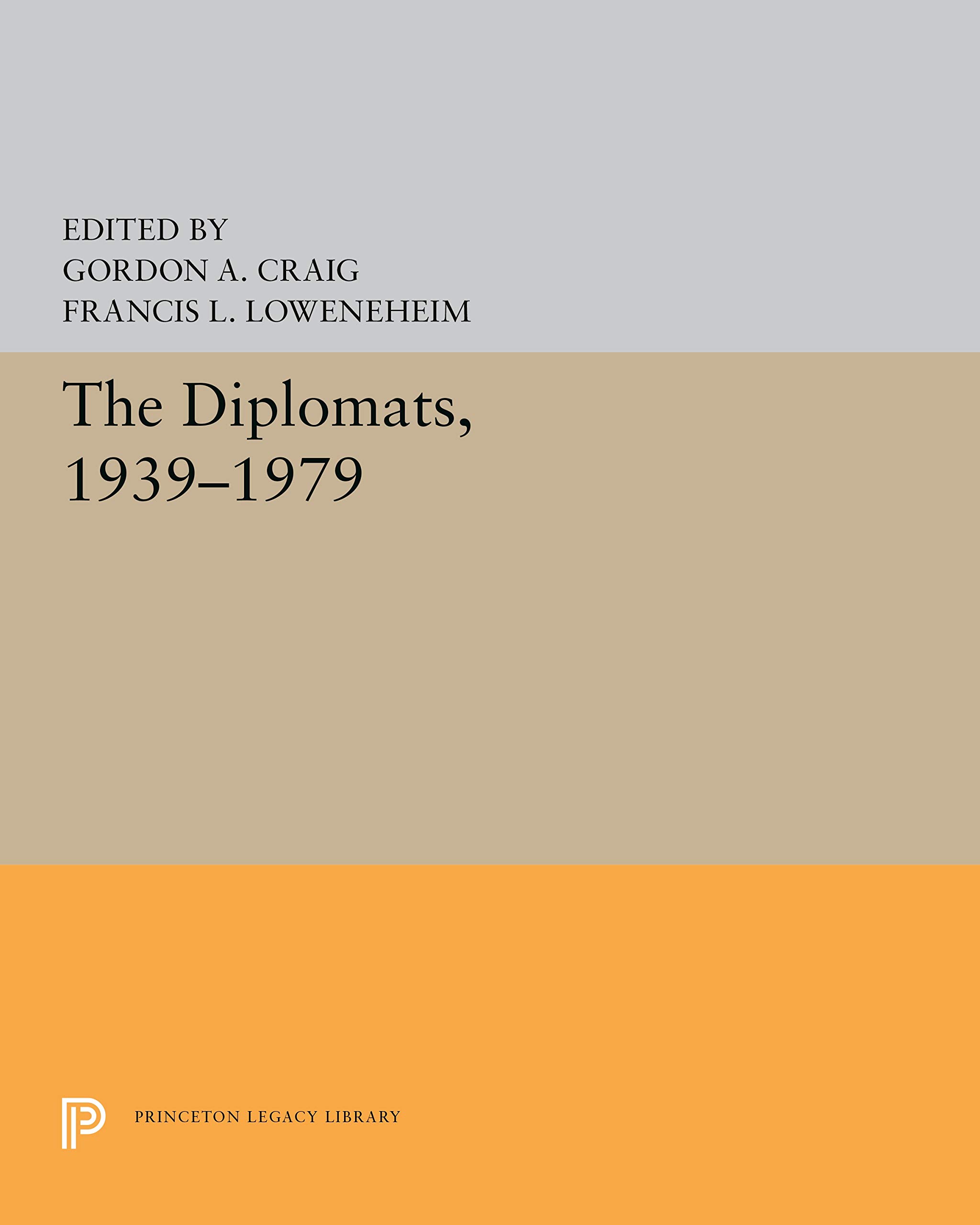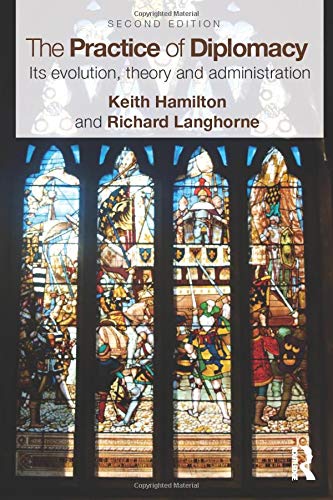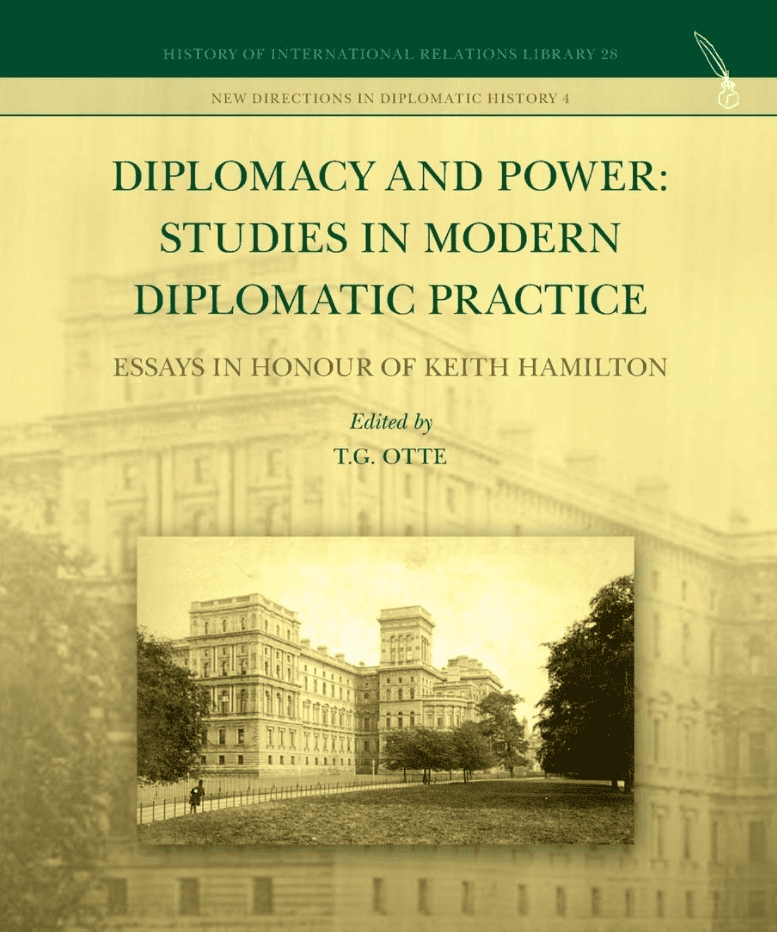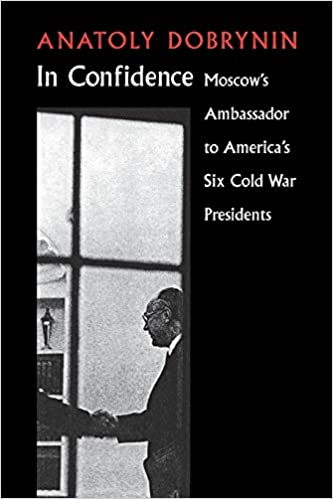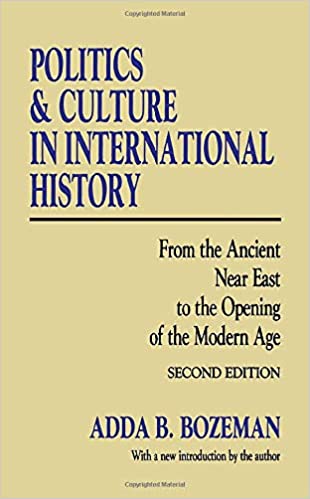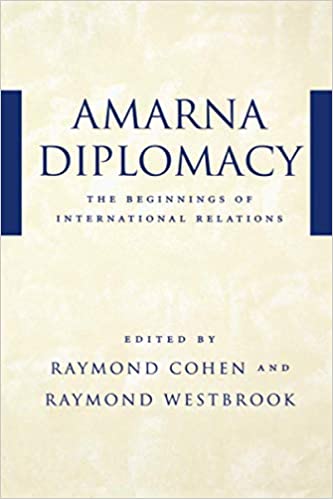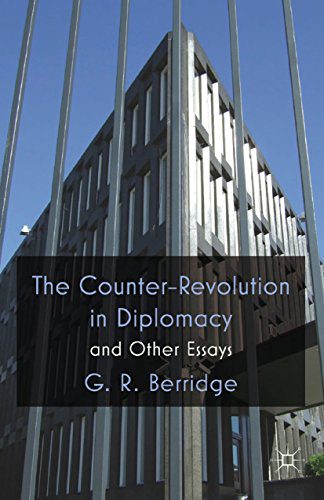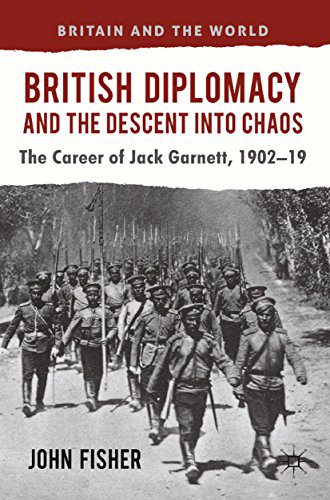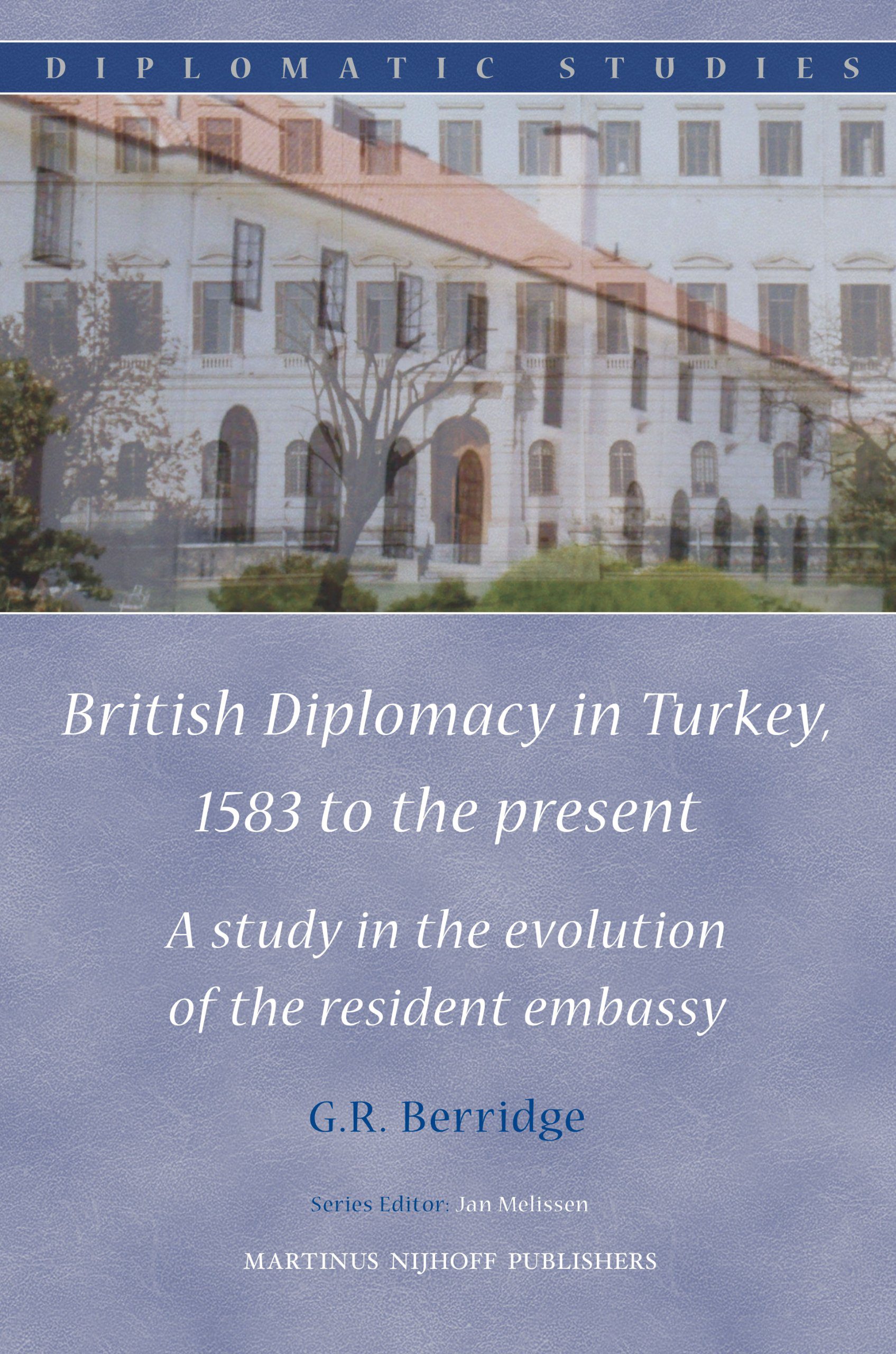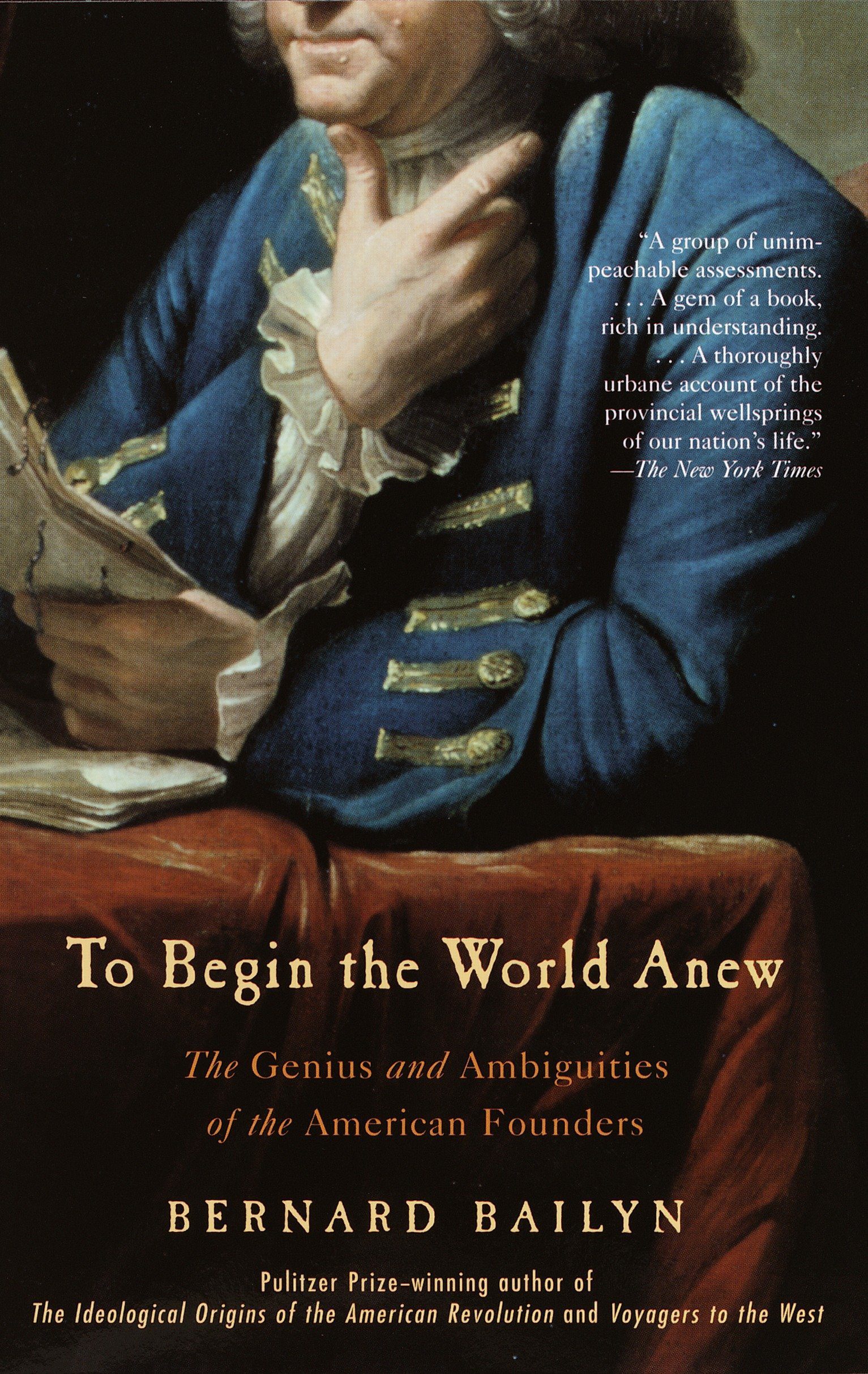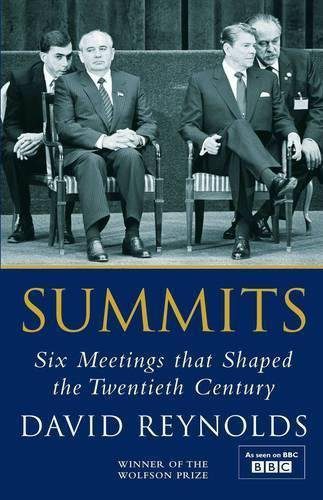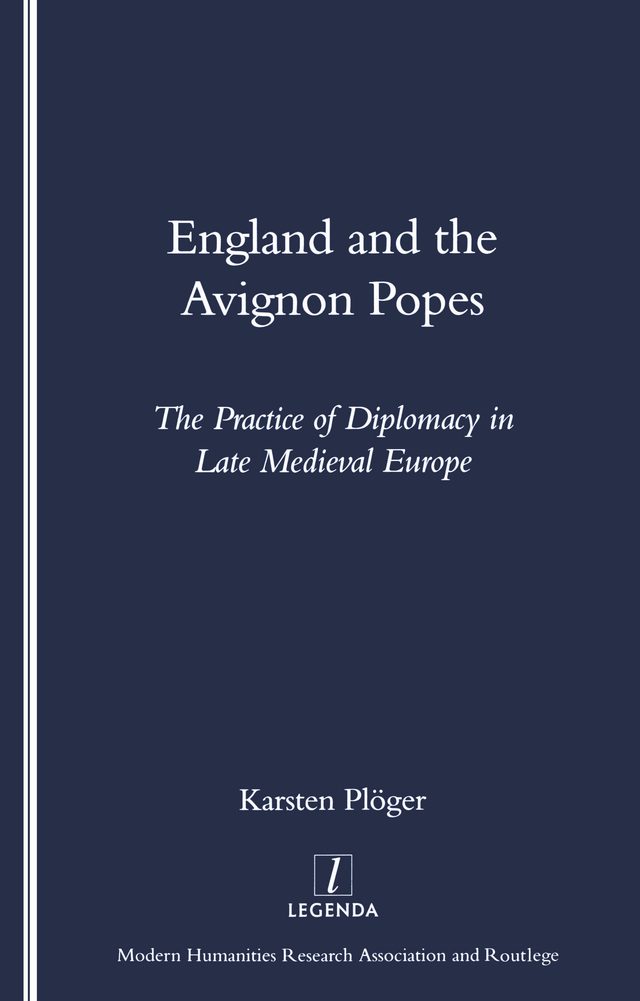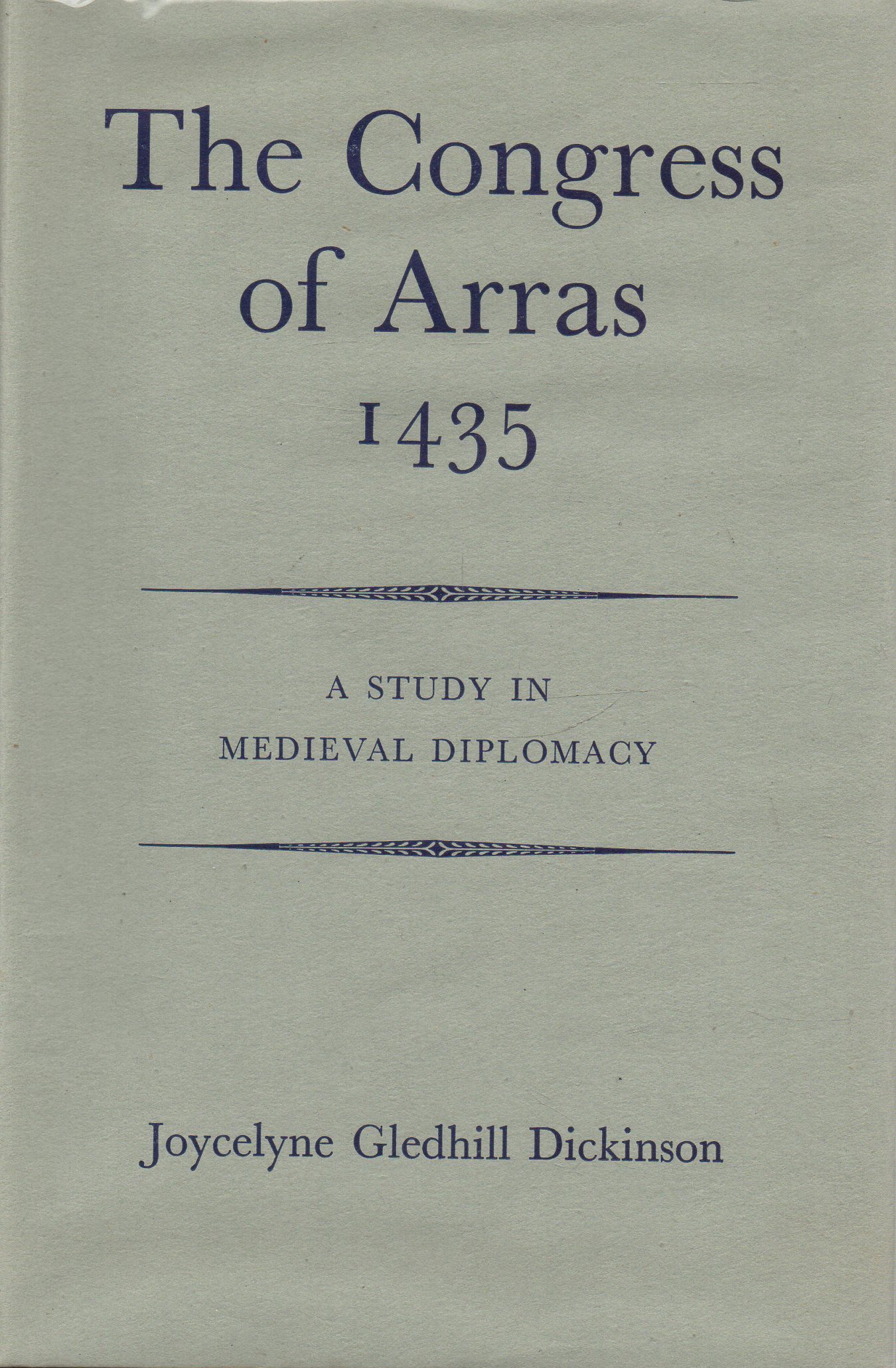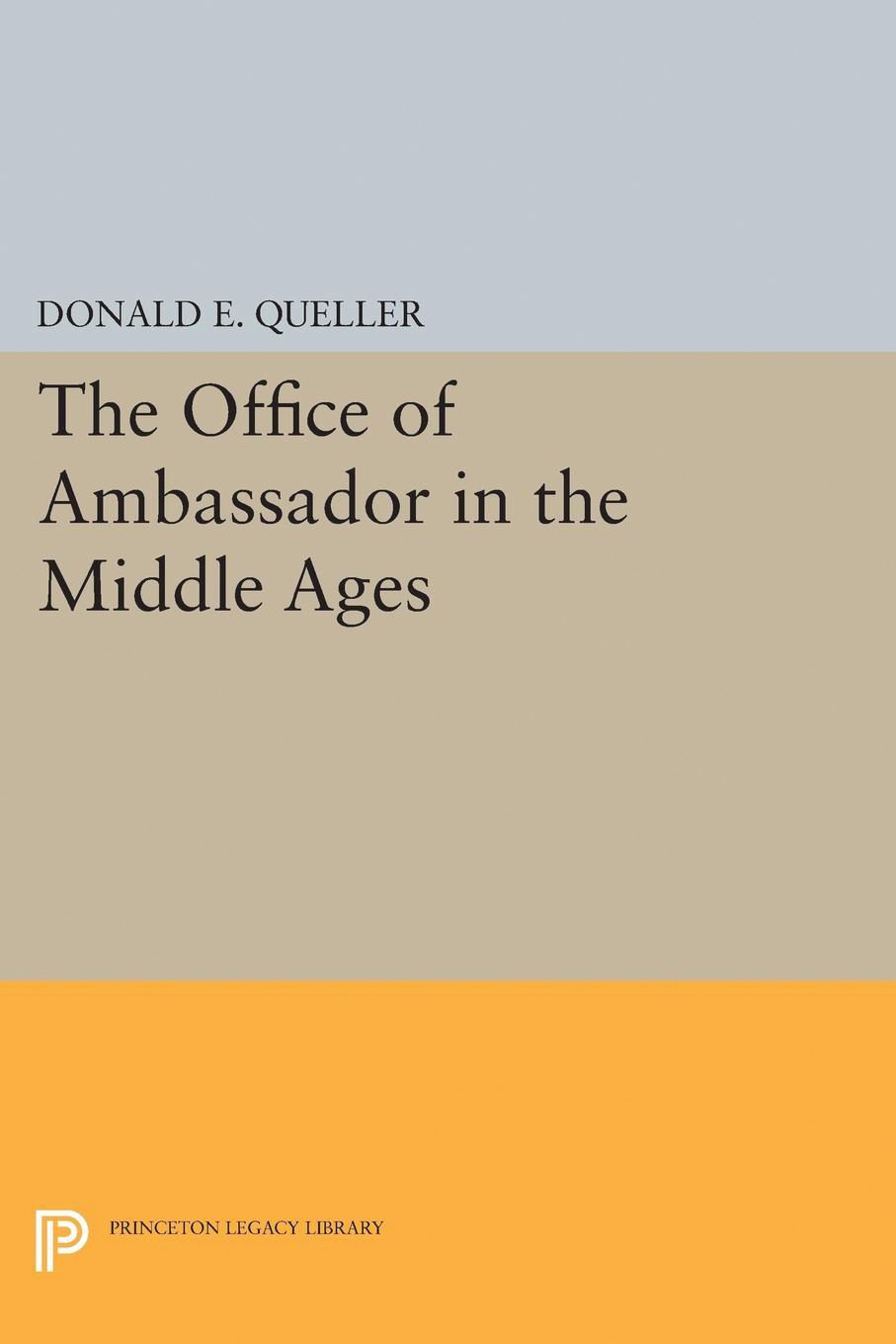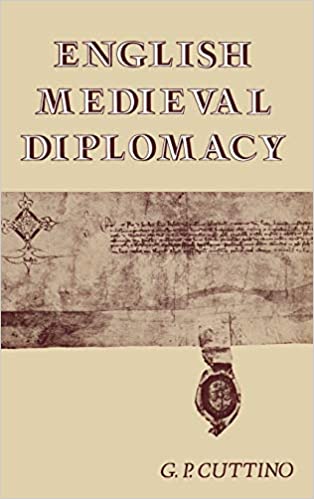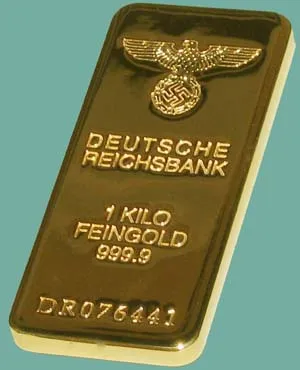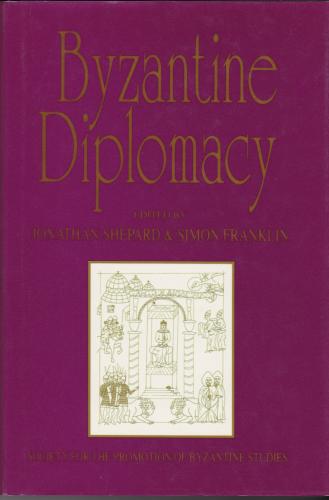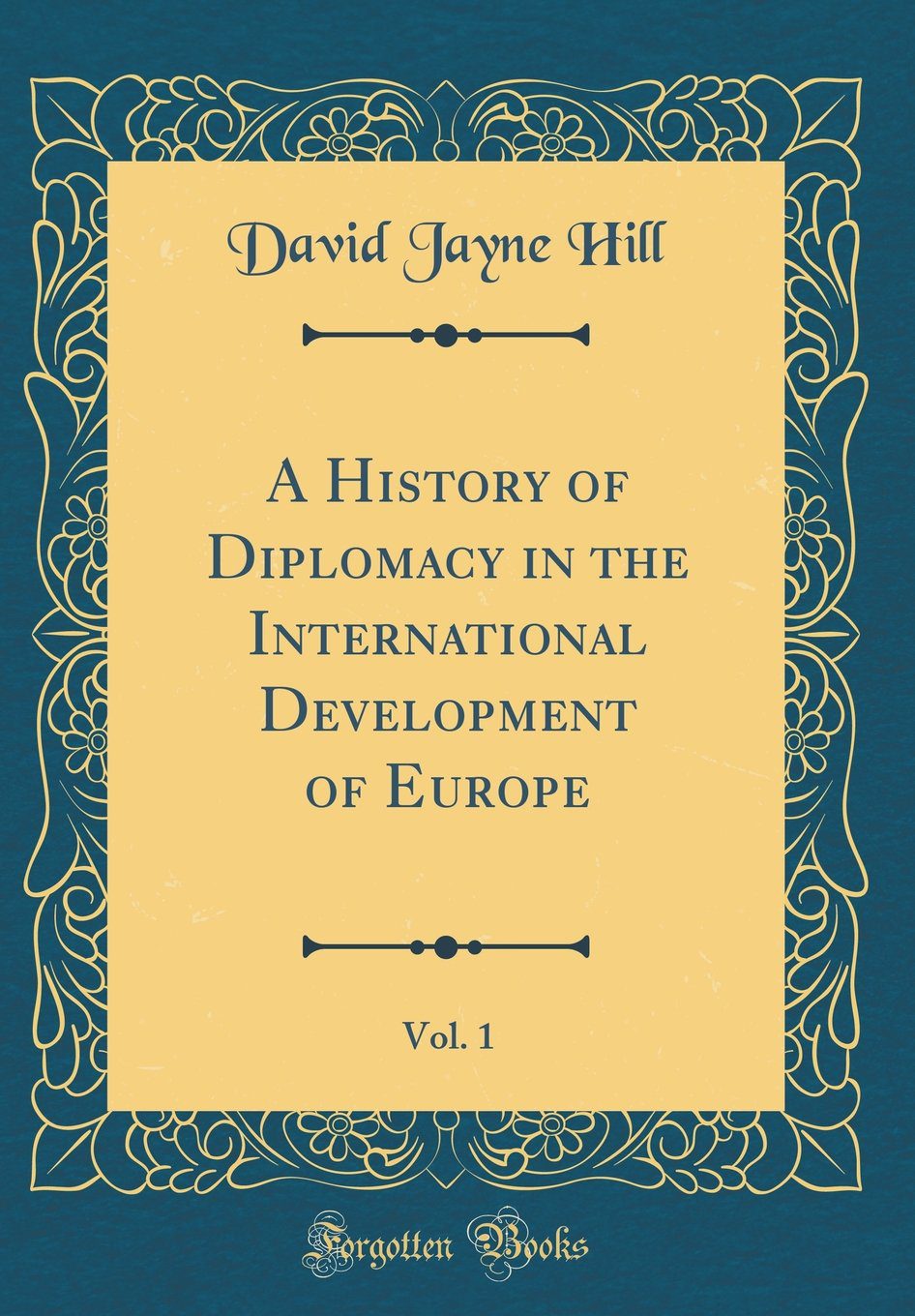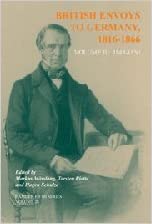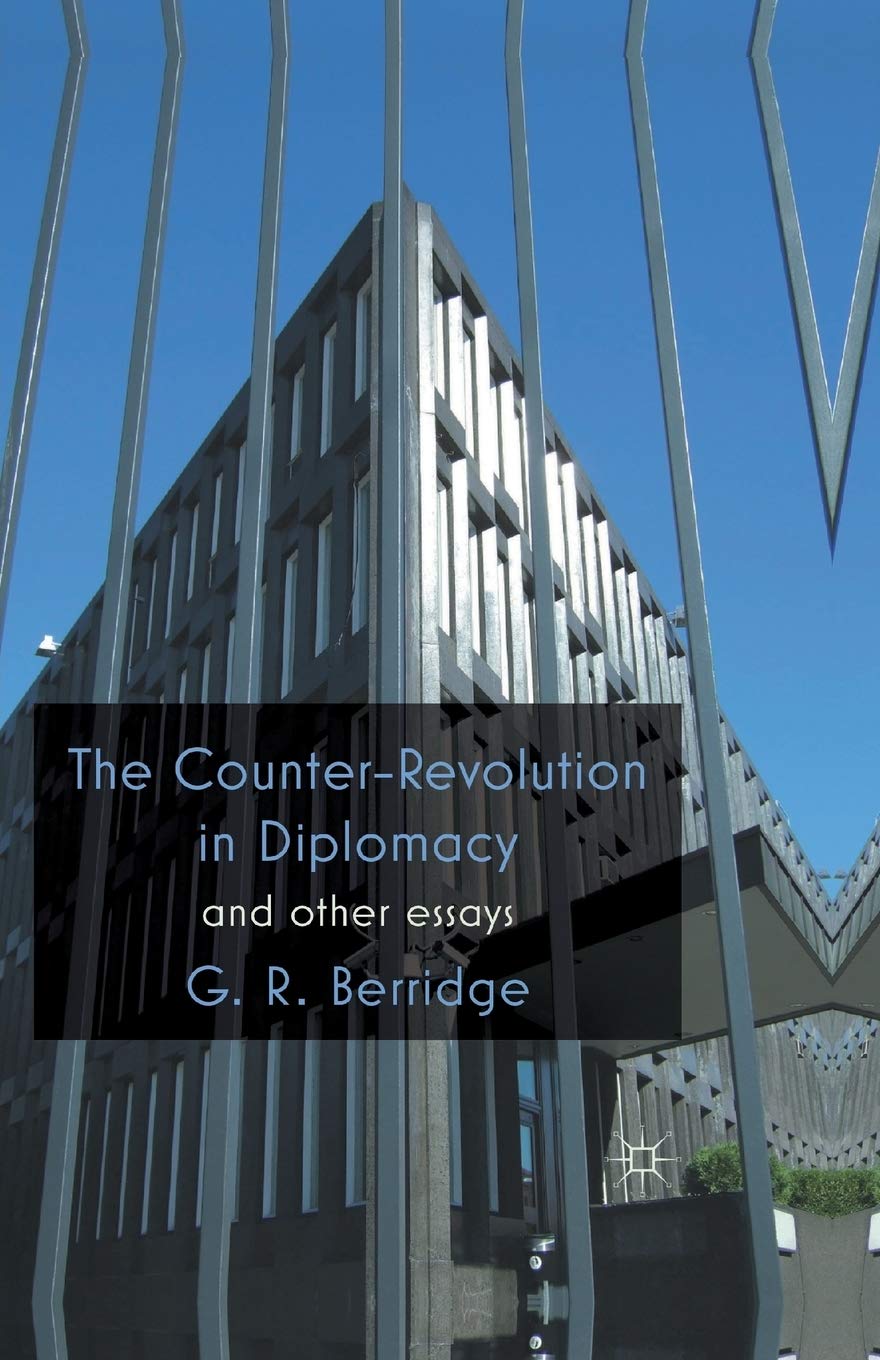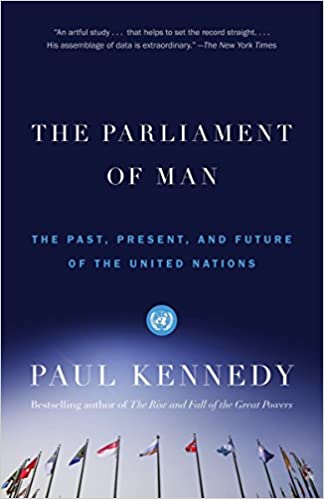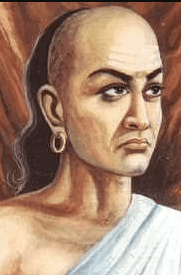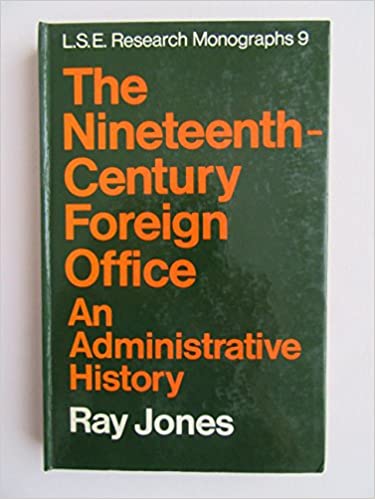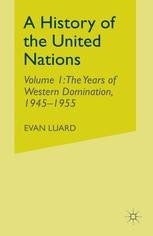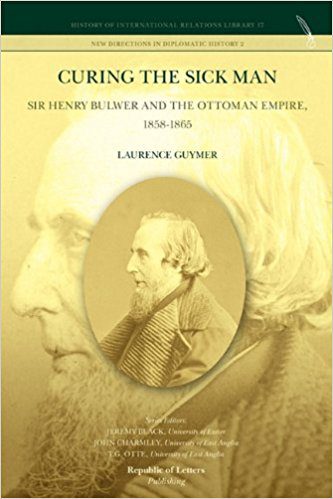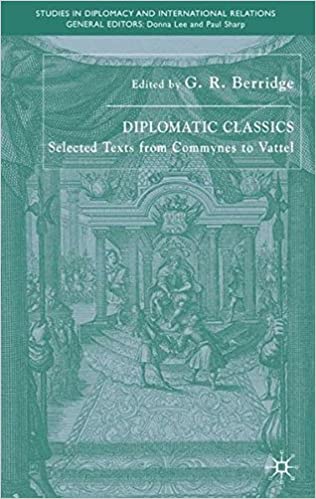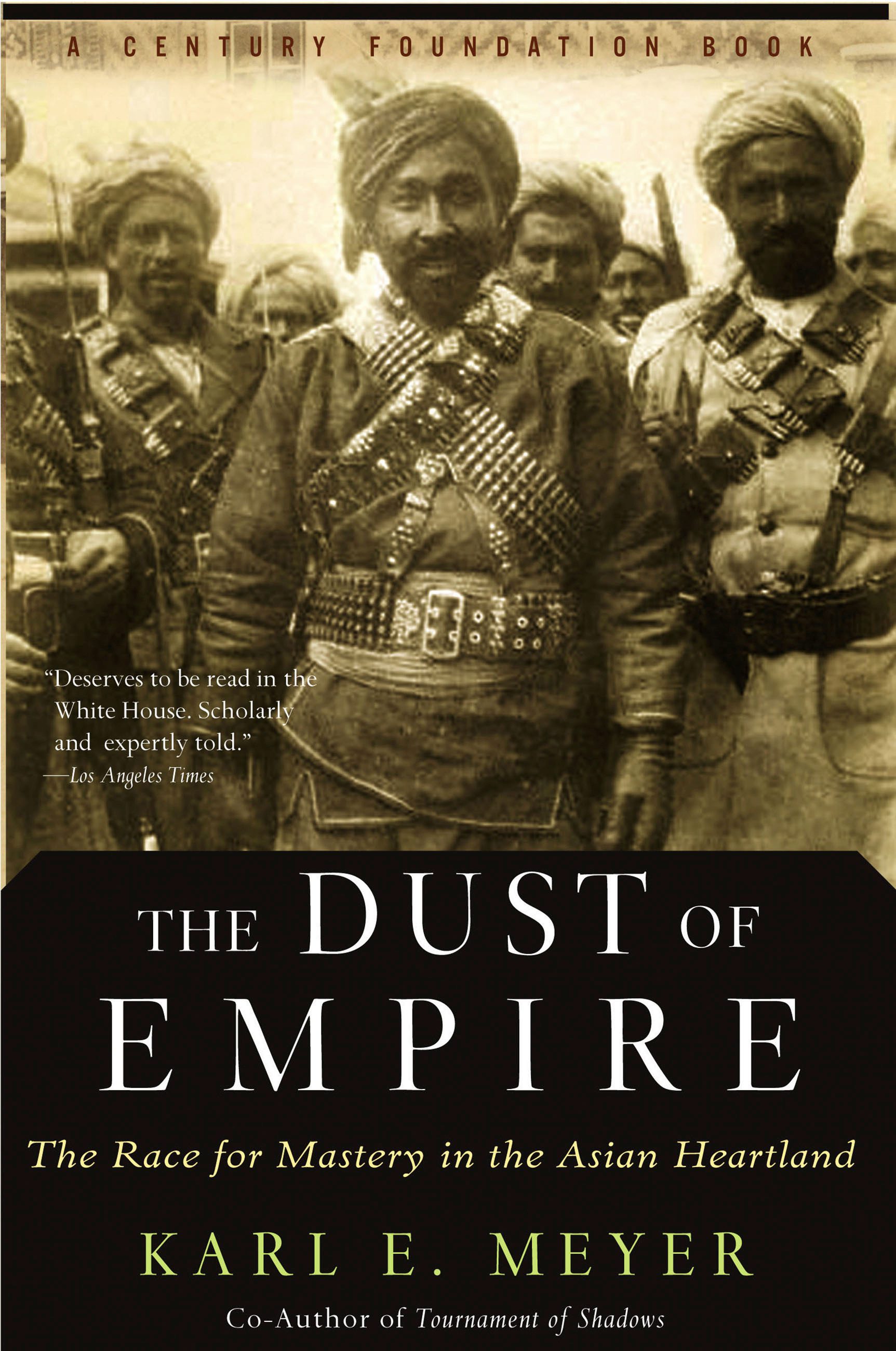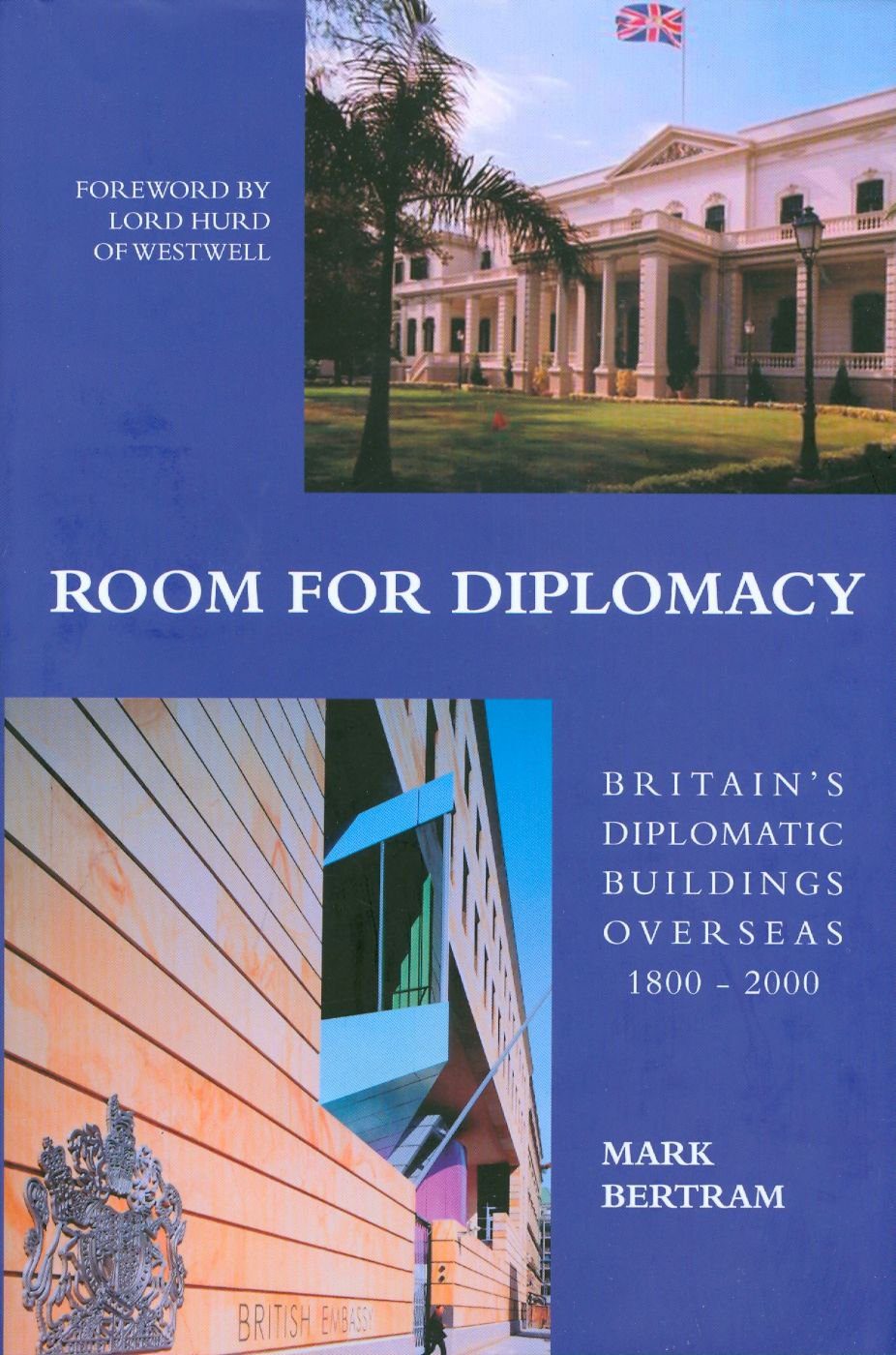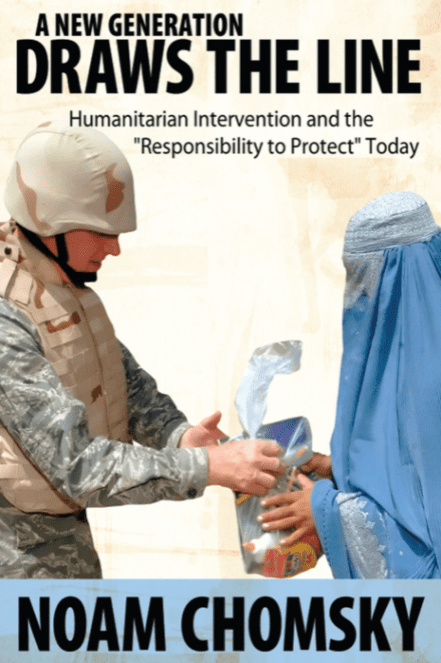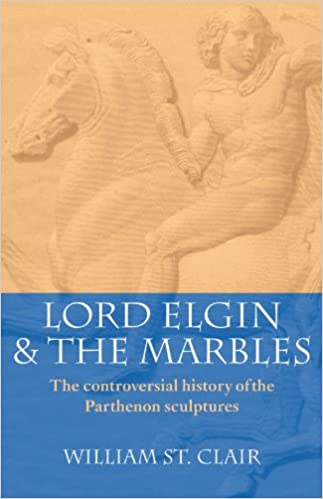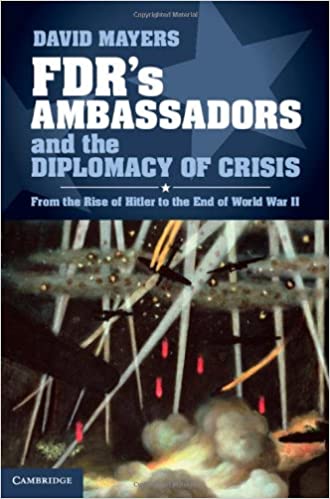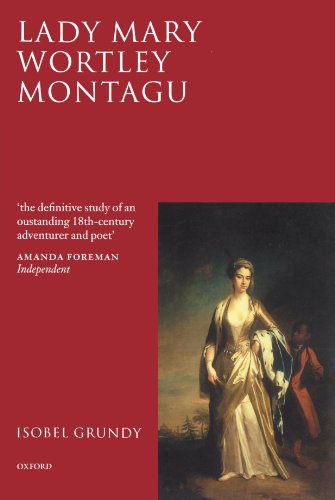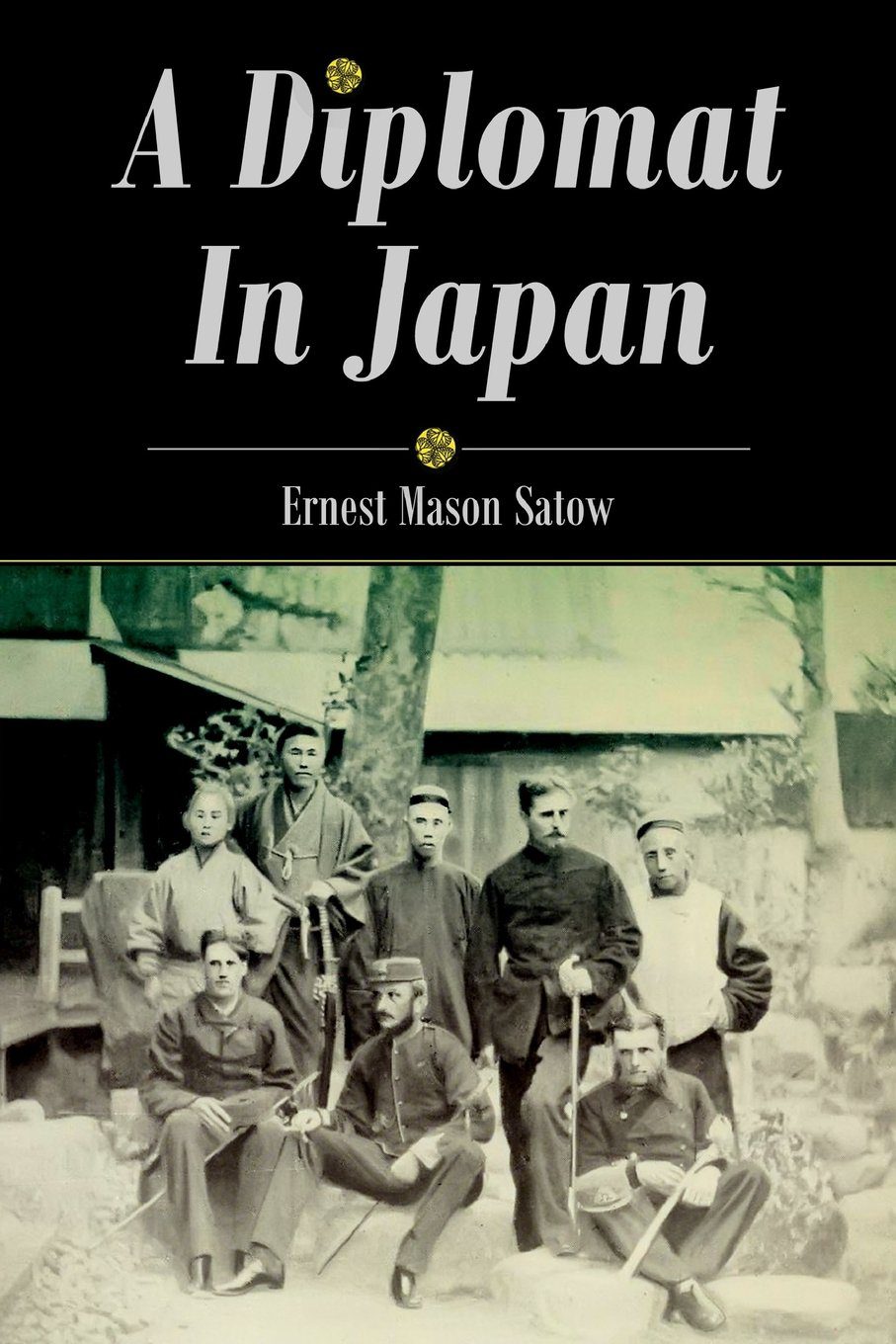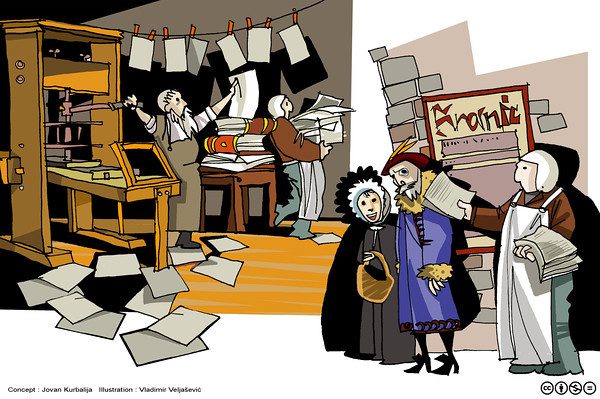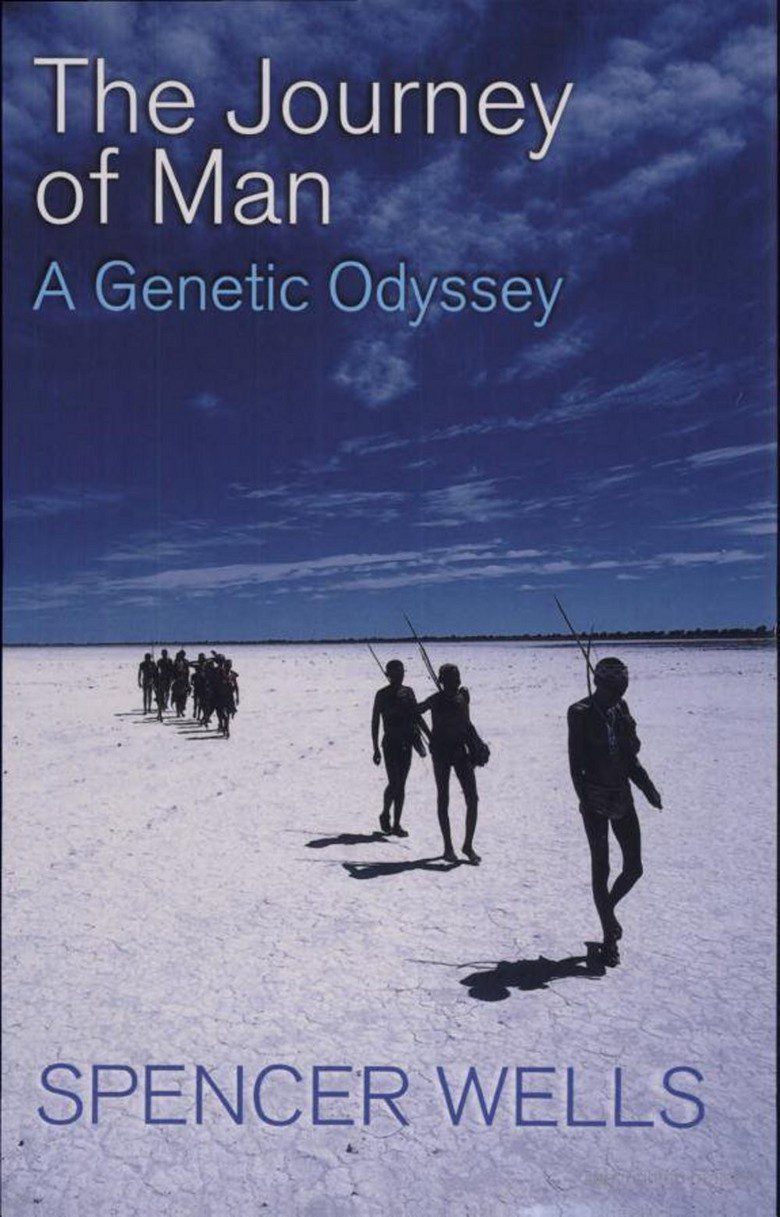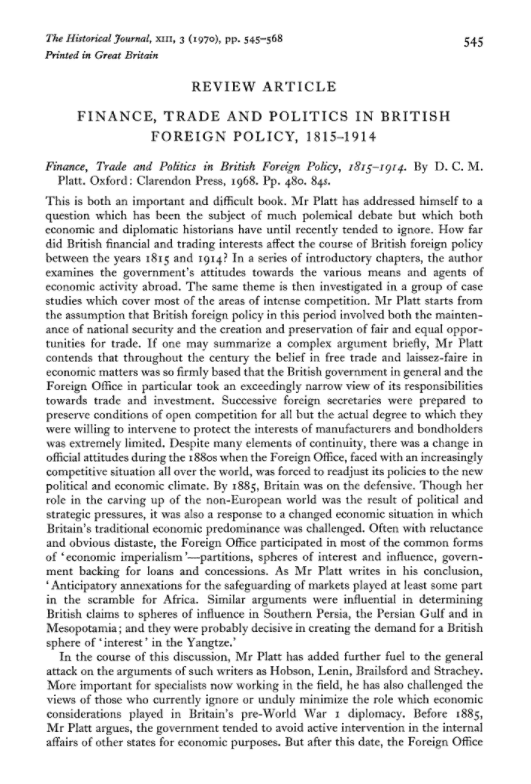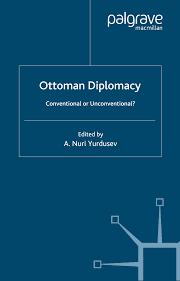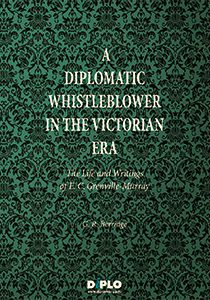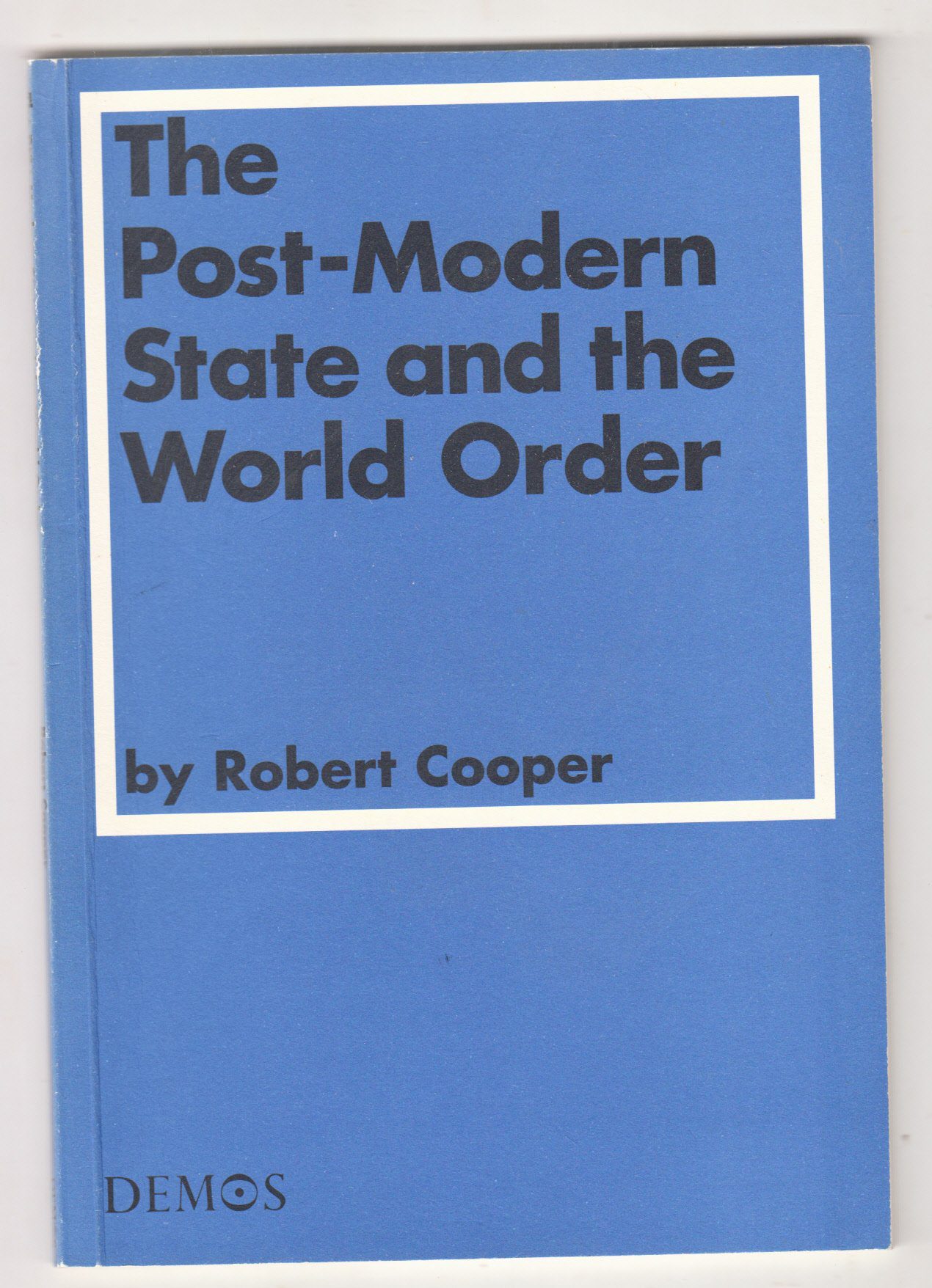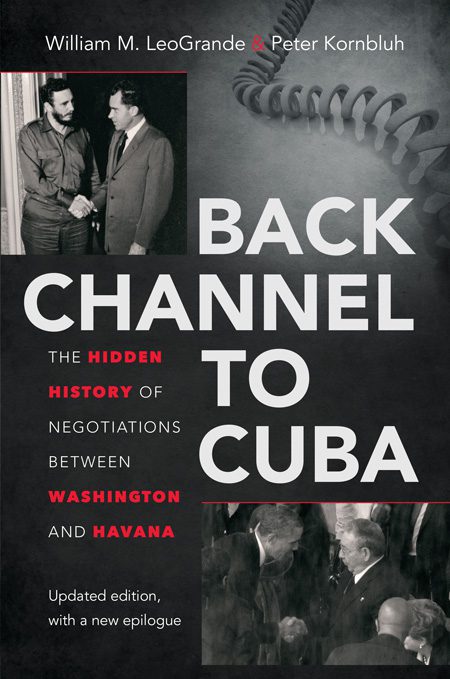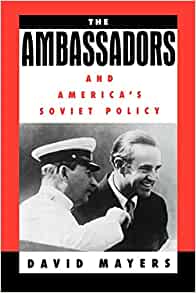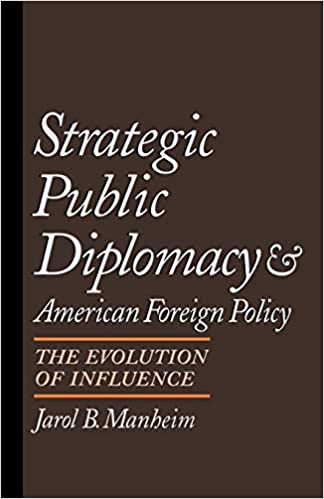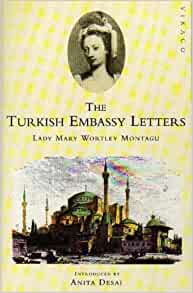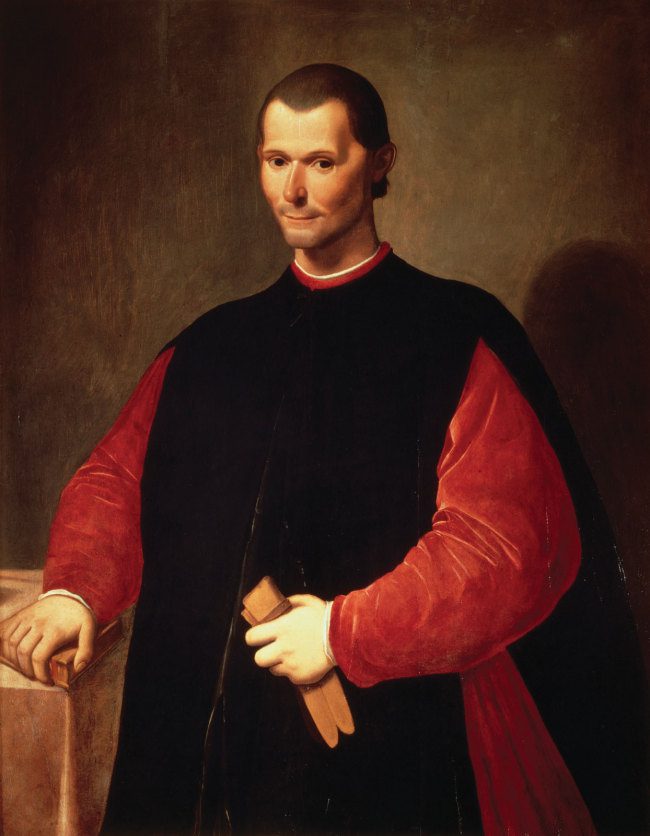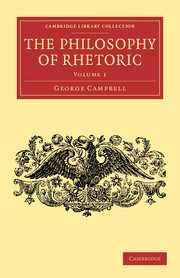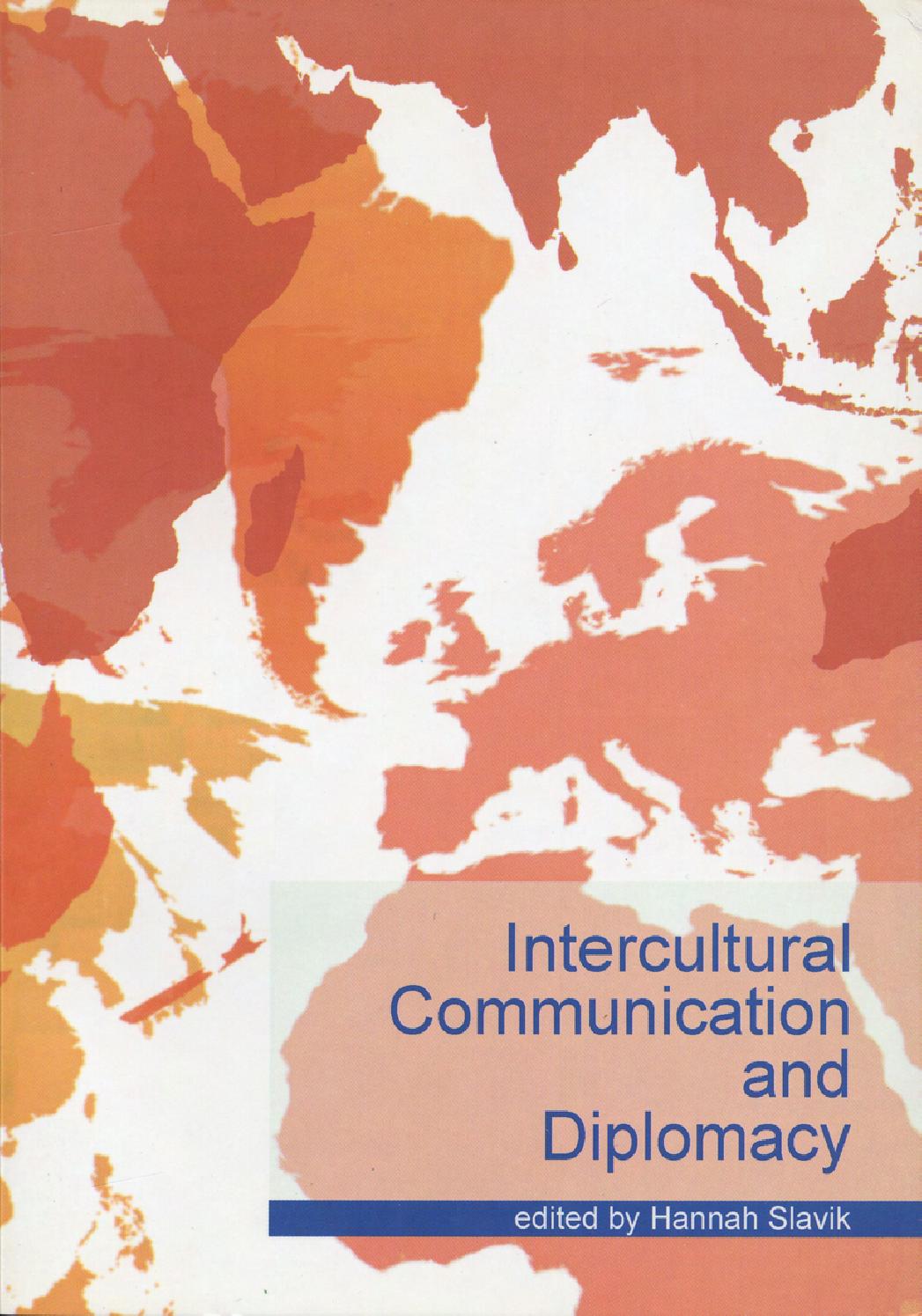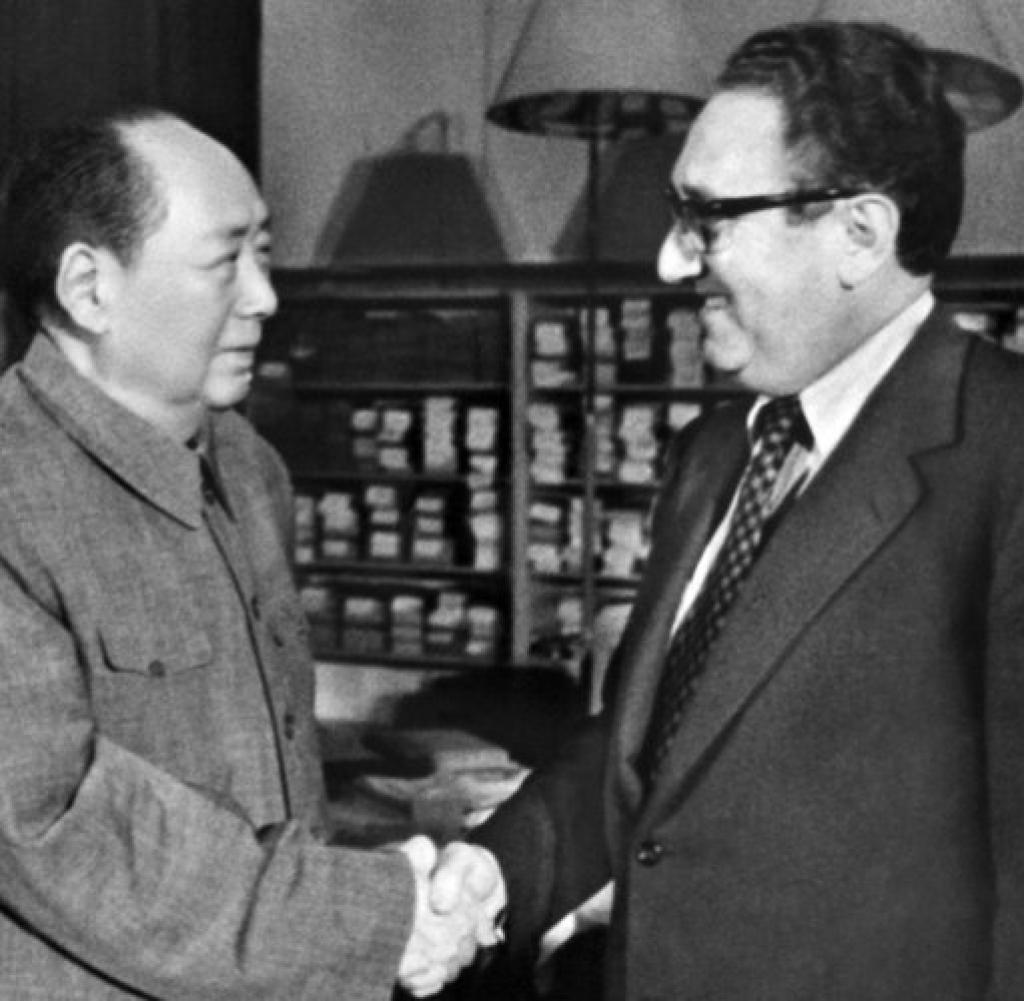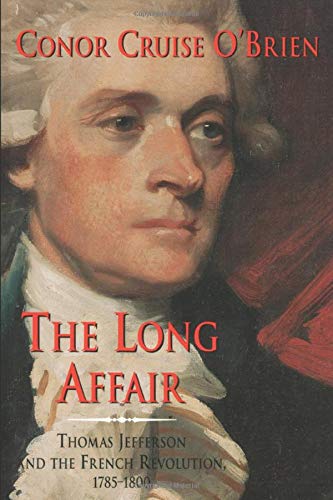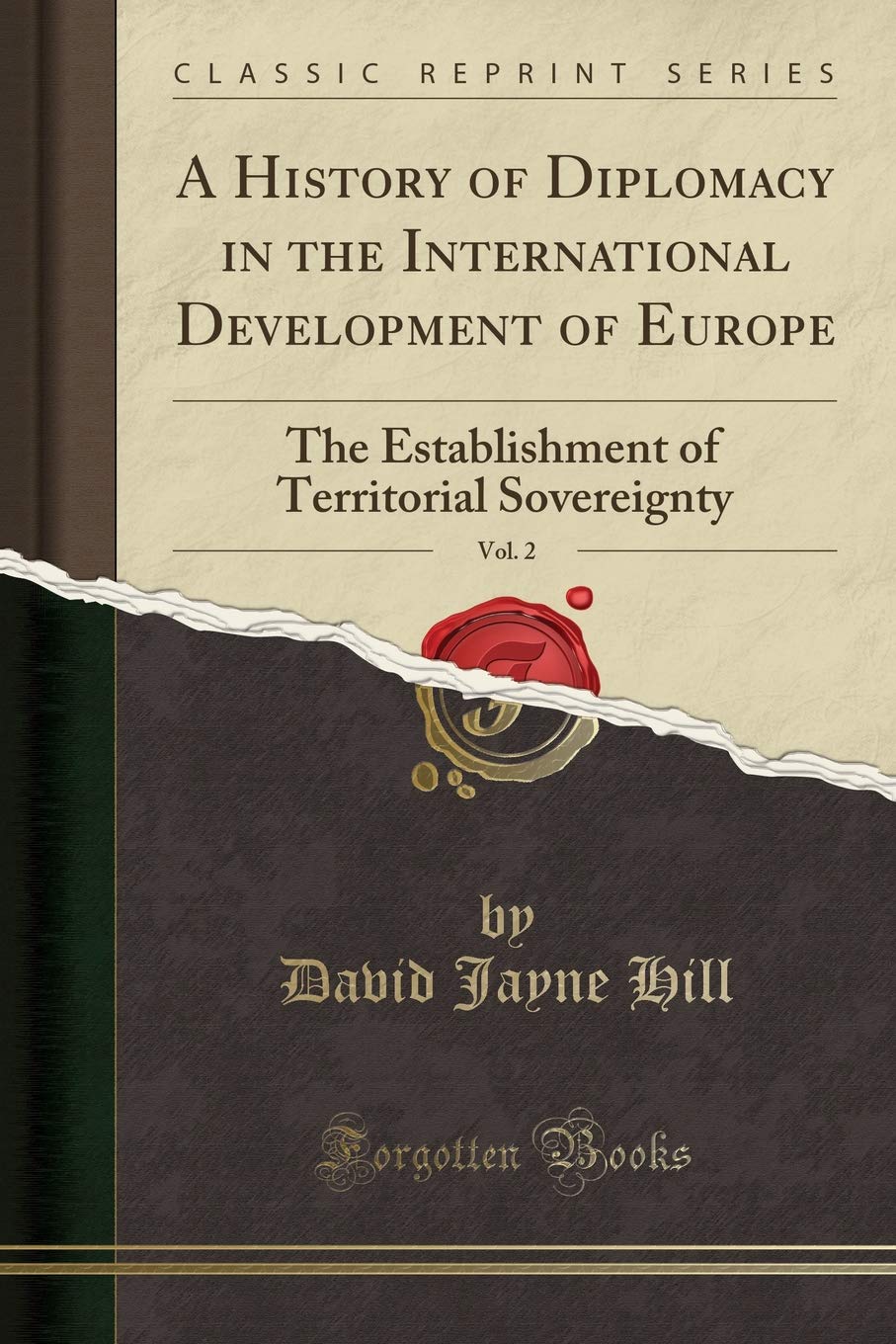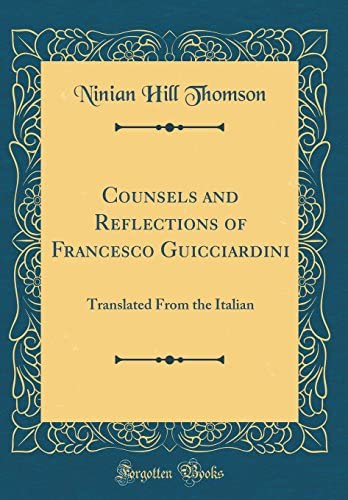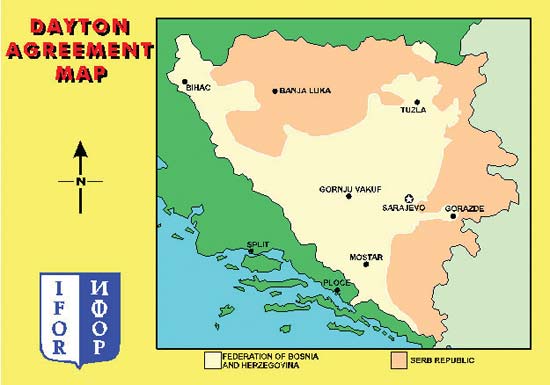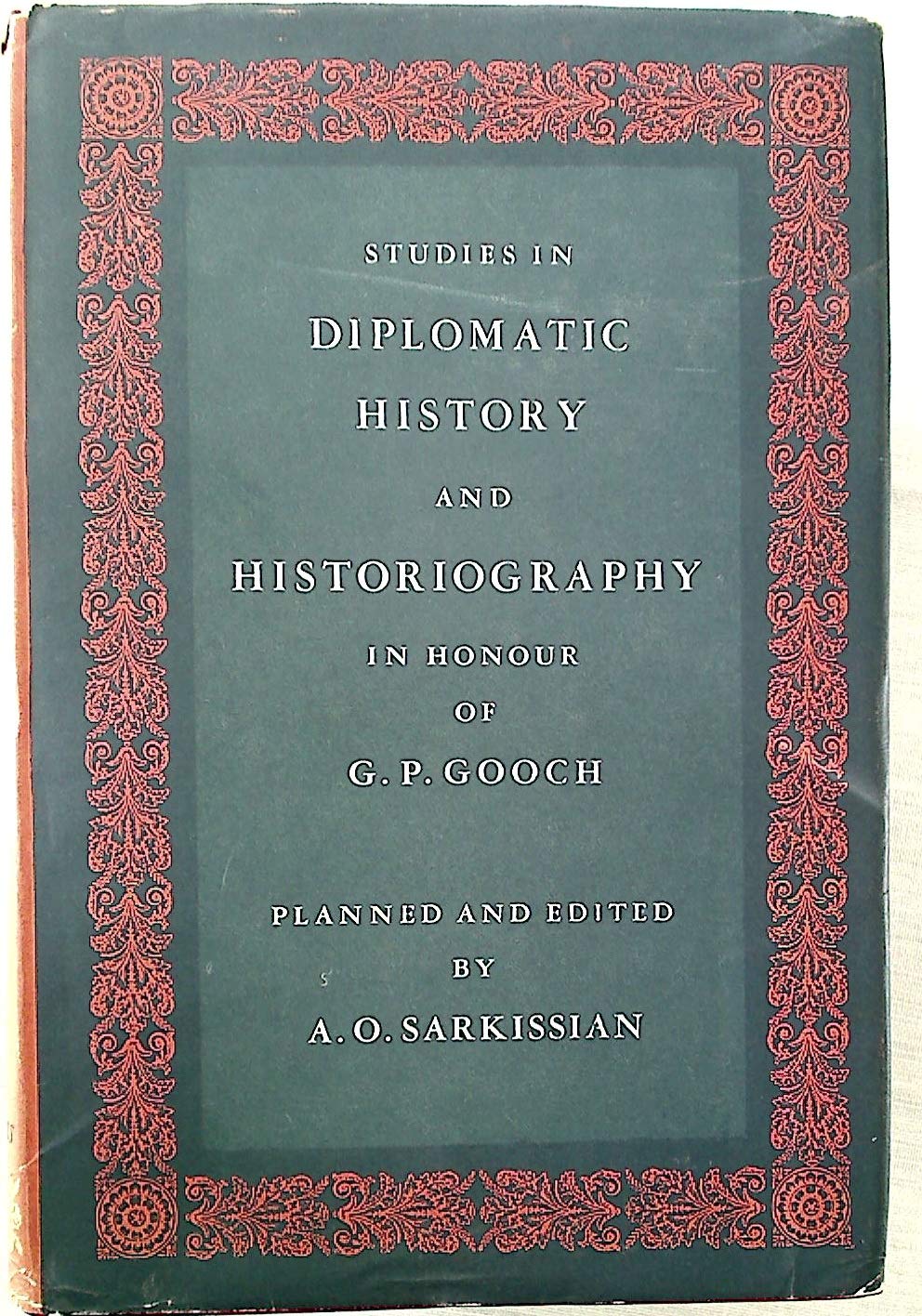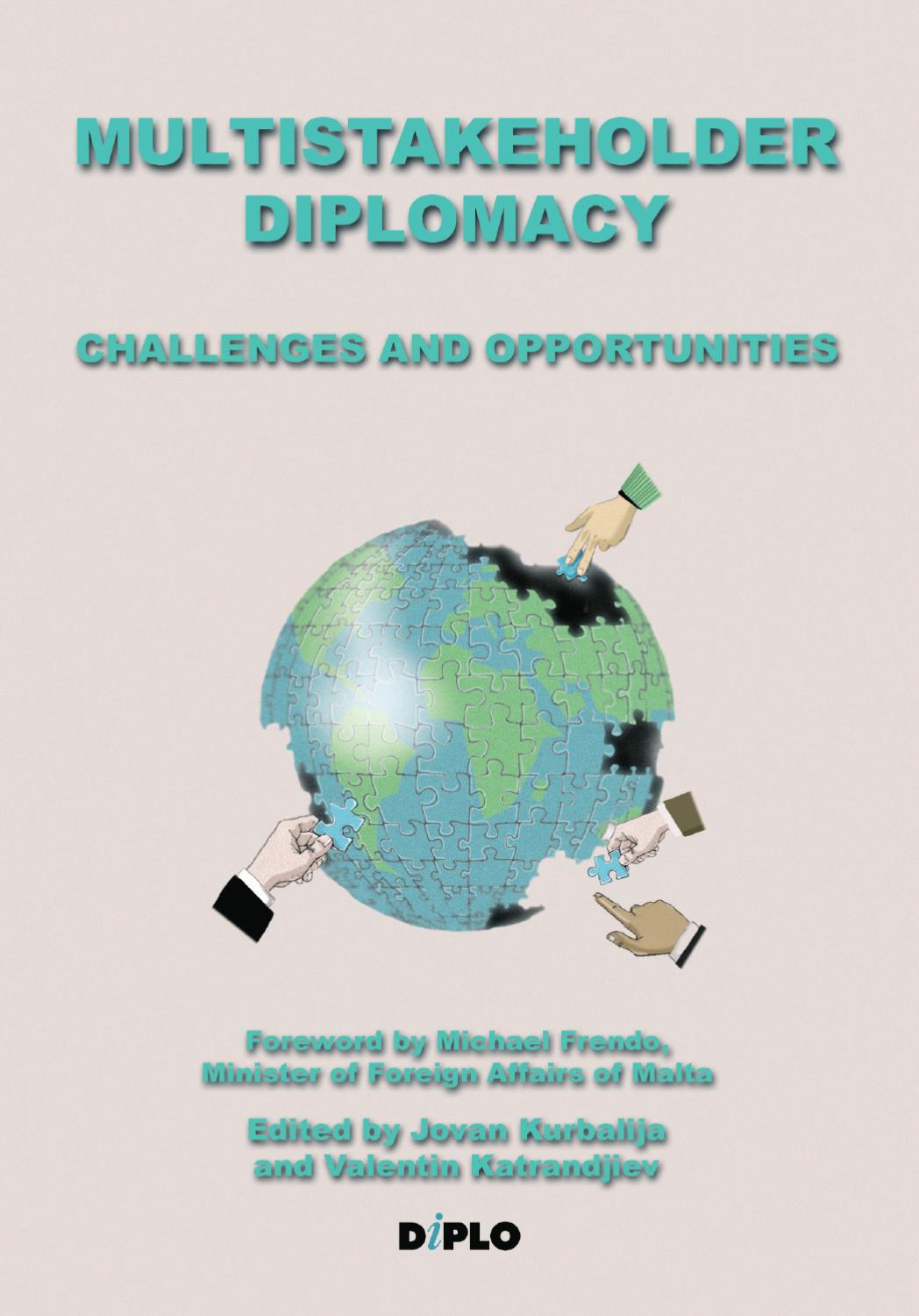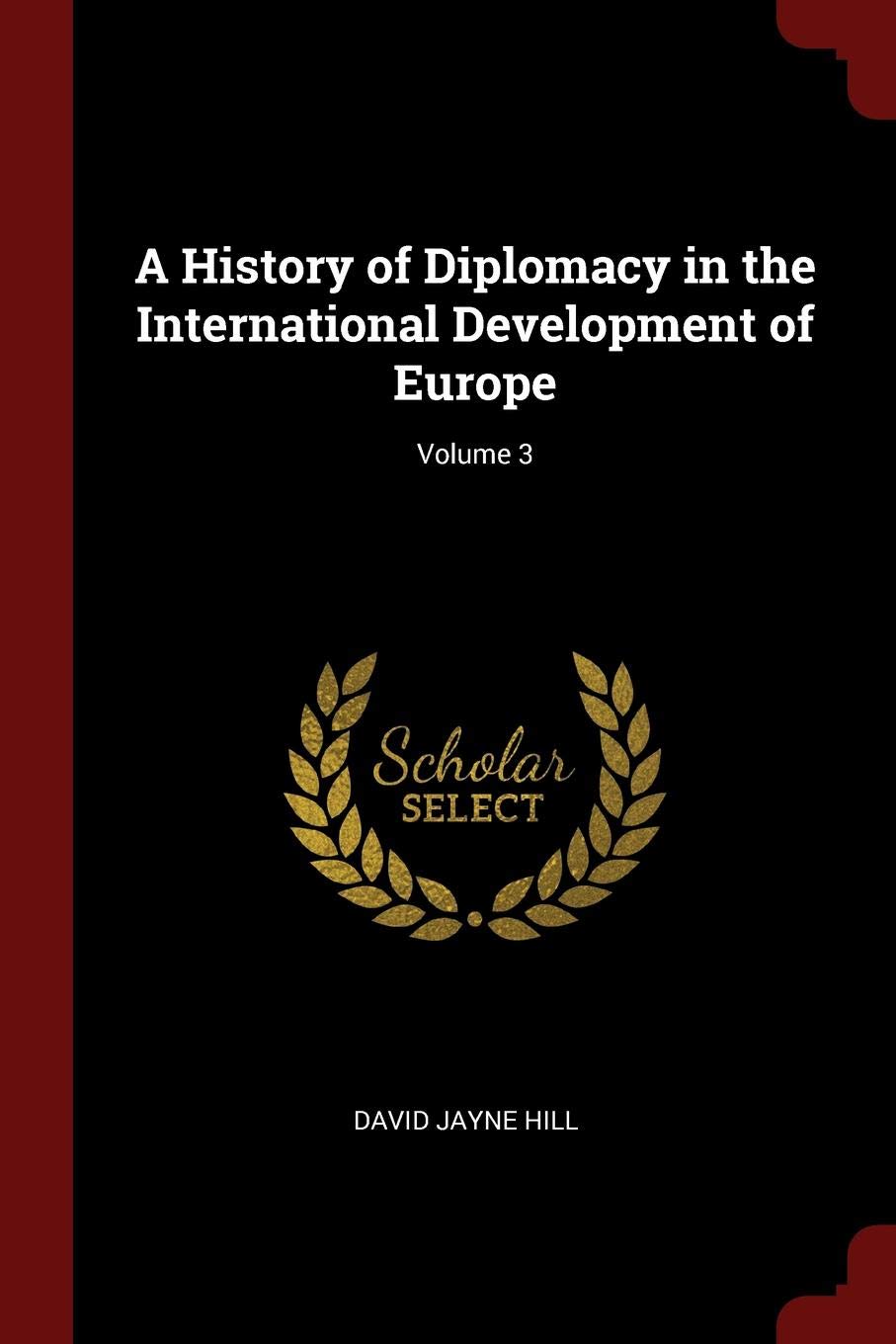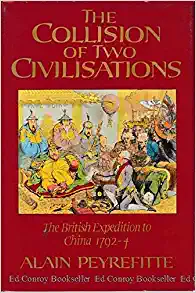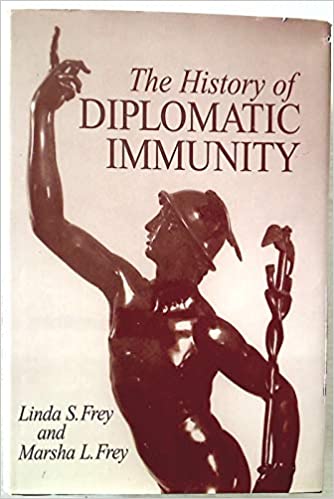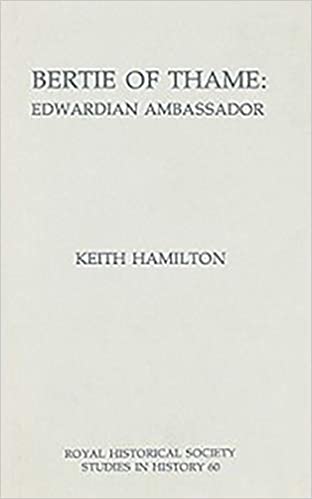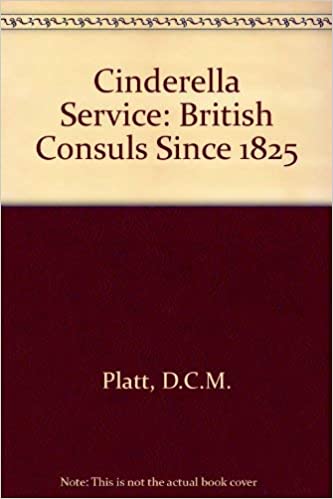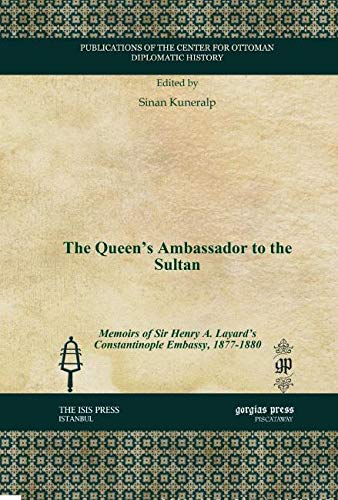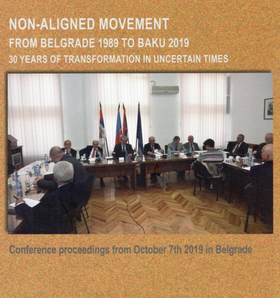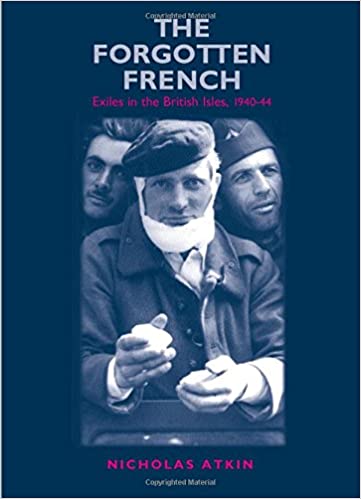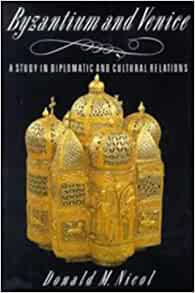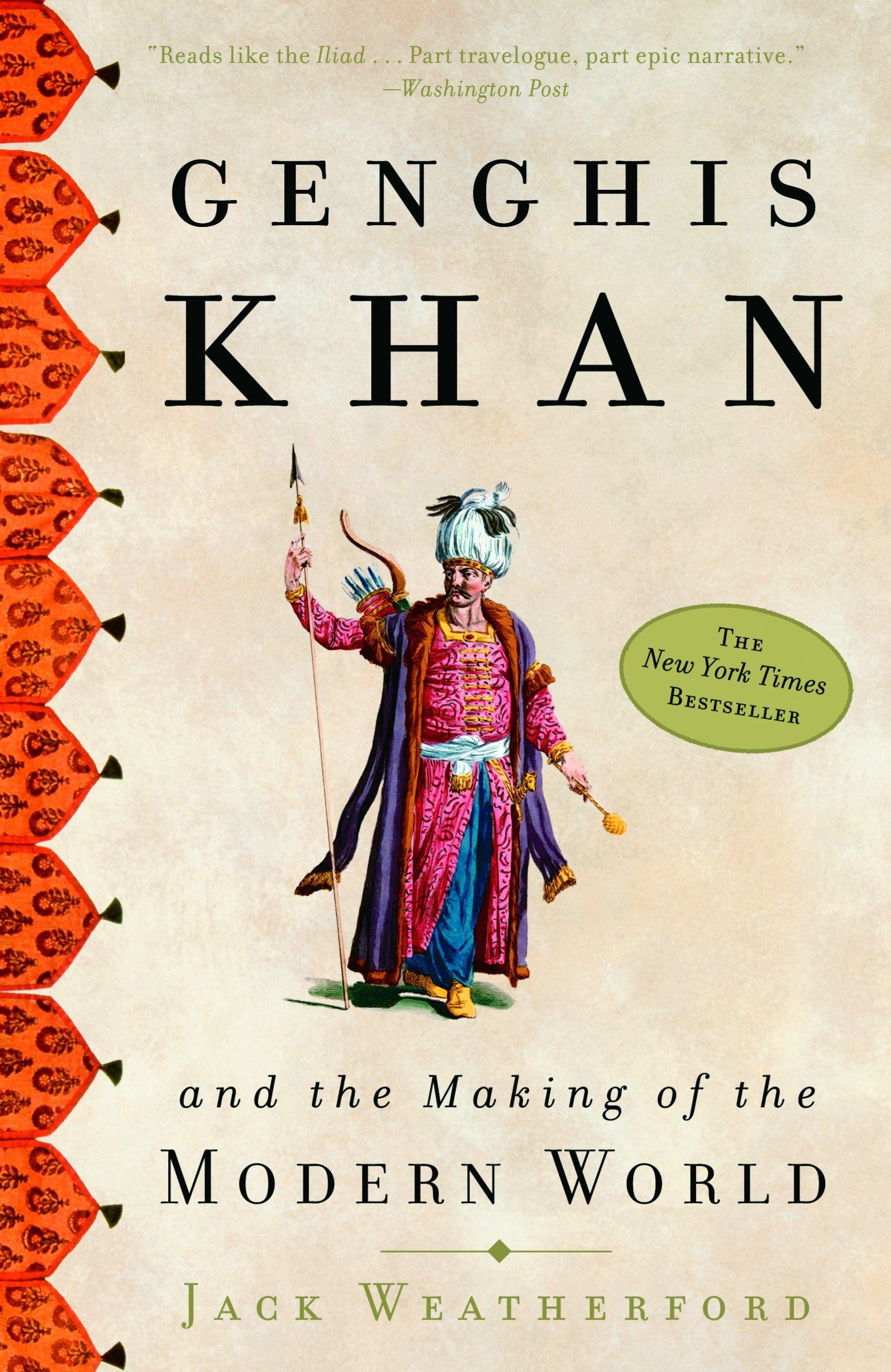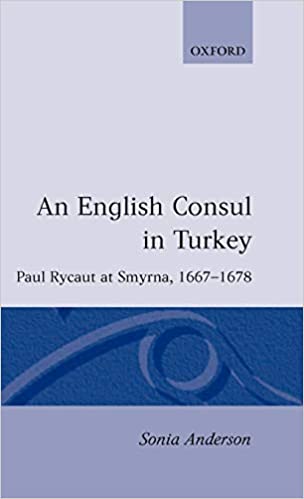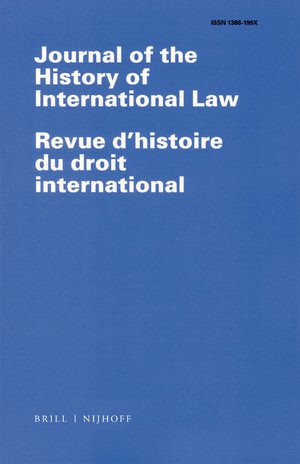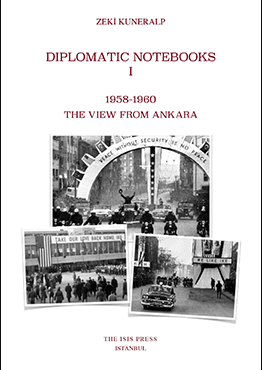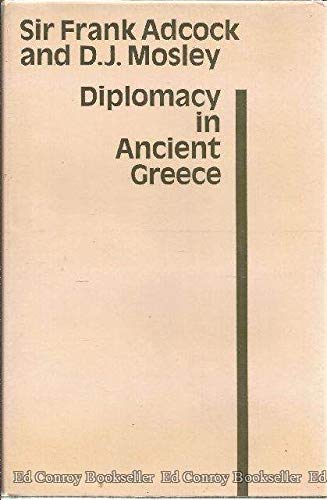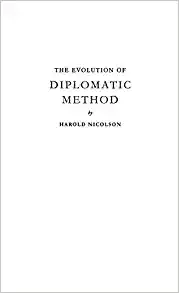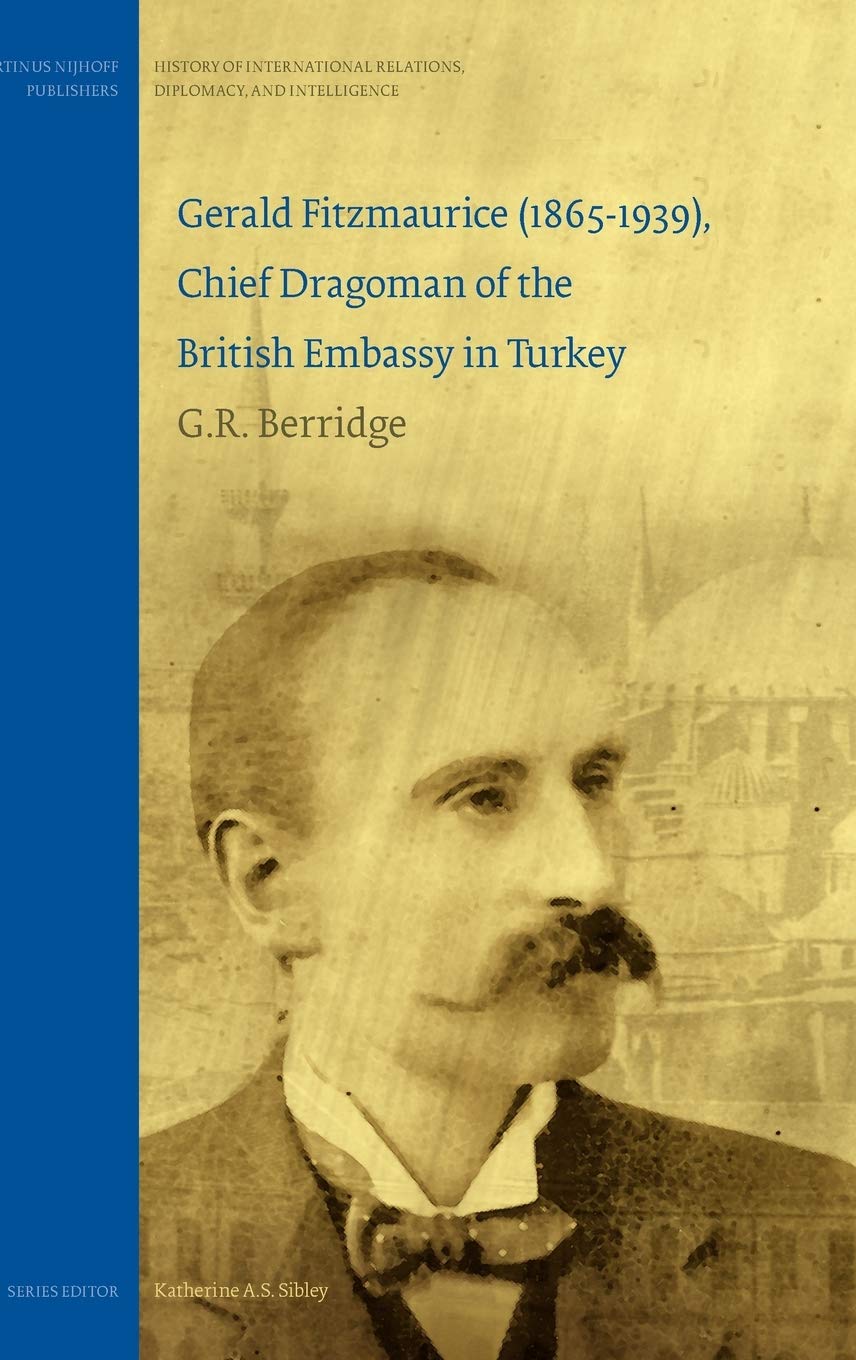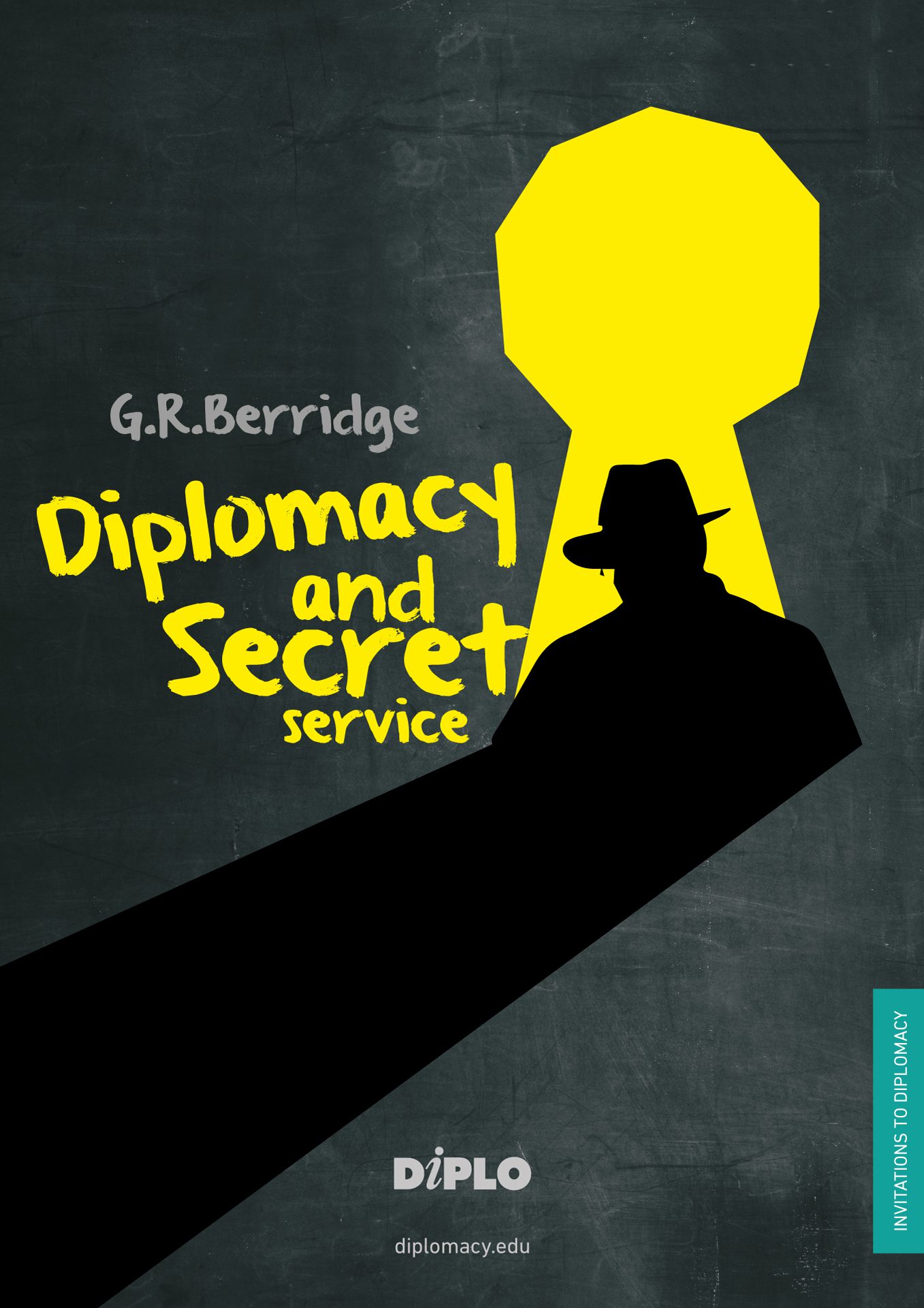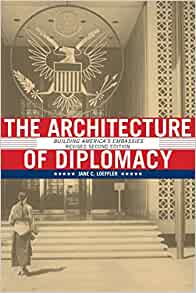Author: Geoff Berridge
Tilkidom and the Ottoman Empire: The Letters of Gerald Fitzmaurice to George Lloyd, 1906-15
2008
I decided to bring out the letters separately for three reasons. First, I had found it necessary roughly to transcribe most of them for the purposes of writing the biography. Fitzmaurice often wrote in haste and seemed to feel the need for economy in notepaper. As a result, the handwriting in the letters is often difficult and is compounded by his tendency to join up words and also squeeze numerous postscripts into the margins and letterhead. Having transcribed them just to be able to understand them, I assumed – naively as it turned out – that it would be relatively straightforward to knock them into shape for publication. Secondly, it soon became obvious to me that – probably because of the difficulty of the letters and because Fitzmaurice had no previous biographer – they had been little used at all by previous historians. Thirdly, and most importantly, I concluded that other students of the last years of the Ottoman Empire, and particularly of Britain’s relations with it, would find them to be of immense value – and spot in them many points of significance that I had missed.
Fitzmaurice was a great writer of private letters, a form of diplomatic correspondence which became popular in Britain in the nineteenth century because it avoided the risk that their publication in a Blue Book might be required. But some ‘private letters’ were more ‘private’ than others! Those that Fitzmaurice wrote to the powerful William Tyrrell can be found in Foreign Office Private Office papers at The National Archives and an even larger number written from the Yemen frontier to Sir Nicholas O’Conor in 1902-5 are held in the O’Conor papers at the Churchill Archives Centre in Cambridge. Smaller collections can be found in the Herbert papers in the Somerset County Archives at Taunton, the Ryan papers in the Middle East Centre Archives at St. Antony’s College Oxford, and the Sykes papers in Hull University Archives. However, these were all tame and for the most part rather thin compared to the ones he wrote to George Lloyd. Indeed, there is no doubt whatever that it is this collection of almost 60 private letters that reveals most fully the workings of Fitzmaurice’s mind and his deepest and most private thoughts – as well as the greatest wealth of varied and colourful detail. It is also this collection that provides the most significant and authentic detail; for example, on the Embassy’s role in supporting Kiamil Pasha after the Young Turks’ revolution in July 1908. These letters are also held at the Churchill Archives Centre at Cambridge (GLLD 7/1-4 and 9/1/3), and are now published here for the first time.
How have I approached my task? In the interests of brevity, I describe myself on the title page of this book as its ‘Editor’. However, a more accurate description would probably be ‘transcriber and annotater’, for – except for italicizing the dates in order to highlight them – I have transcribed the text of the letters exactly as I found them. Using digital photographs of the originals, I have gone over them with a microscope and reproduced everything they contain: nothing at all of the text has been deleted. Furthermore, I have wittingly made no alterations to the punctuation or spelling, though I have occasionally added ‘[sic]’ after a word to indicate that an eccentric or anachronistic spelling is not a typo of my own and also used inserts in square brackets to add explanations of letters or words obviously omitted by Fitzmaurice by mistake. As a linguist with a classical education, he peppered the letters not only with Latin and Turkish phrases but with French and occasionally German, Italian and Arabic ones as well. He also loved lengthy and sometimes bizarre metaphors, and was fond of quoting Kipling without attribution. I have, therefore, offered translations where necessary and added a few footnotes to illuminate certain references. (To have provided background in the footnotes to all of the subjects dealt with in the letters would probably have doubled the length of the book. Such background can be found in my biography of Fitzmaurice. As a rule, I have only footnoted in The Letters subjects not dealt with in the biography.) As to the headings I have given to each of the letters under ‘Contents’ in these preliminary pages, they are quotations from the letters concerned that seem to capture their flavour or their most important theme.
I have added a ‘Glossary of Turkish words, abbreviations, and private words and phrases used in the letters and endmatter’ and a very long ‘List of persons mentioned in the letters’. In making sense of the many Turkish words and phrases used in the letters I have been assisted chiefly by Professor Dr. A. Nuri Yurdusev of the Dept. of International Relations at METU in Ankara and formerly Vice-President of the Turkish Academy of Sciences but also by the writer, David Barchard. I am, of course, most grateful to both of them.
CORRECTIONS AND FURTHER CLARIFICATIONS
It is inevitable that at odd points Fitzmaurice’s handwriting should have defeated me. This forced me to leave a query here and there ‘[?]’, and also to make mistakes of transcription where knowledge of Turkish and a better grasp of the context would have enabled me to deduce his meaning. Three readers have already picked up some of these and kindly sent them on. They are Christopher Young (CY), formerly Judge of the Crown Court in Leicester and in his retirement doing a Ph.D. on Harry Lynch at the Oriental Institute in Oxford; Peter Clark (PC) , formerly of Ace Cultural Tours; the late Andrew Mango (AM); and Mrs Pamela Button (PB), a freelance Home Office interpreter for Turkish and Greek, and great-granddaughter of Joseph Bowman, who was second messenger and gaoler at the British consulate-general in Constantinople for the last four years of Fitzmaurice’s time there as chief dragoman. For the benefit of others, I note their corrections and comments in the following list. I also encourage anyone who spots any more to inform me so that I can add them to it:
p. 23, line 9, DARGIN: I suggest “angry” rather than “resentful” (PB).
p. 35: ‘Senniyeh ‘, not ‘Servia [?]’. This was another name for the Ottoman line of steamers on the Tigris (CY).
p. 35 and subsequently: ‘D’arcy’, not ‘Darey’. W. K. D’arcy was an Anglo-Australian oil prospector (CY)
p. 43, para 2, line 5, BALTA LIMAN: This merits explanation. A small village on a bay on the European side of the Bosphoros. It had a stream, fields and forests, also a coastal white palace with the same name, subsequently a hospital. A popular place for outings, meals out, relaxing. A place of great beauty in Fitzmaurice’s days. Joseph’s son, Henry, built a house there, the house in which I was born and grew up! The Baltaliman Convention was signed in this Palace in the 19th Century (PB).
p. 43: Yusuf Effendi was Yussuf Tatorian an Armenian Catholic from Mardin (CY)
p. 43 (line 2 up): trsl. of ‘Tamam’. ‘Well, that’s all’ is better than ‘Agreed’ (PC)
p. 46: ‘Chok chok shukur, I think, is really a thankyou to Lloyd for sending him the carpet, not Thank Goodness’ (PC).
p. 47, line 3, YAVRI PONY : “young pony”. “Yavri” is from the Constantinople Greek dialect, derived from the Turkish “Yavru”, meaning “the young of an animal”. “Yavri” is still commonly used colloquially by modern-day Istanbul Greeks as a term of endearment, including by my own parents. It is often used by a parent to a young child. It is an affectionate term for a “little one”. It can also be used between close adult friends, married or otherwise, typically by the older to the younger, where there is a significant age difference, as between Fitzmaurice and Lloyd. Fitzmaurice would have heard the word being regularly used within the (very much larger!) Greek-speaking Community in his day. There is no obviously equivalent word in English. … [It is] incidentally the only one of Ottoman Greek origin I have spotted so far used by Fitzmaurice (PB).
p. 47, para 1, line 16, KOUSH : “bird” (PB).
p. 48, par 1, line 1, also p. 65, line 7, also p.93, para 2, line 9 : GHIAOUR.
This is a slightly contemptuous Farsee word, and means “non-muslim”. If used metaphorically, can mean “merciless” or “cruel” (PB)
p. 51, para 3, line 3 : BAKSHEESH. Our generation generally fully aware means “TIP” or “BRIBE”, but younger students might not know the word (PB).
p. 51, para 4, line 7 : NASREDIN stories. Refers to Nasreddin Hoja, writer ot wit, wisdom and fables, who lived in Turkey in the 13th Century. I would suggest equivalent to Aesop in Western literature (PB).
p. 54, para 2, line 10: CONSOLOS BEY. “Mr Consul” (PB)
p. 55: (line 9 down) ‘Mersina (Mersin)’, not ‘Messina’ (AM)
p. 57: ‘Hamdi Bey – Osman Hamdi – might have merited a footnote and a biographical note. He was a remarkable man – a painter and archaeologist, and founder of the Archaeological Museum. Some of his paintings are quite iconic in an “orientalist” tradition – he studied art in Paris. They can be seen in the Pera Museum, between the Pera Palas and the Grande Hotel de Londres. And I suspect Behek should be Bebek …’ (PC).
p. 72, line 13, SCALA : the second Greek word I have found. “Pier” is OK, but a bit more specific, namely “boat station”. These boat stations were the lifeline for the Bosphoros villages in the days before roads were built. Some were grand structures, others more basic, little more than piers. Turkish word is “iskele” (PB).
p. 73, line 11 : INGLIZ SERAI : “English Palace” (Embassy) (PB).
p. 81: ‘Balin’ was the German-Jewish chairmam of the Hamburg Amerika Line (CY)
p. 82, para 2 : INFLUENZIJ : “without influence” – a multi-lingual hybrid word (PB).
p. 86, para 3, line 5 : YAVRI : “little one” or “baby” (PB).
p. 87: (line 13 up) ‘Khanakin’, not ‘Kharakin’ (AM)
p. 93: The ‘Jewish deputy’ for Bagdad referred to here was, writes Christopher Young, “Haskiel Sassoon, usually known as Sassoon Effendi. He was a Young Turk of considerable influence, with connections to the British Sassoons. If there was one individual who was principally responsible for the failure of Lynch to obtain his monopoly on the river, it was he (see pp. 129-130). I find it strange that Fitzm doesn’t mention this, especially when one recalls his anti-semitic views. After the Great War, Sassoon became financial advisor to King Feisal of Iraq, and was rewarded for his services with an honorary KBE from the British Government. More than anything poor old Fitzm ever got.”
p. 95, line 5: INTRIJA : “intrigue” – a multi-lingual hybrid word (PB).
p. 103, line 1, BAZARLIK : ” bargaining” (PB)
p. 132: ‘”Fueris” is future perfect, so the translation should read, “of which you will have played a great part”‘(PC).
p. 133, para 3, reference to “English School “. This is the English High School for Boys in Nisantas, Istanbul. Building Plans drawn up in 1910. Built in 1912. Closed in 1914 due to War and used as barracks. Re-opened 1920. Integrated into Turkish Educational Sysem in 1951 as “Ingiliz Lisesi”. Went co-educational in 1969. Now known as “Anadolu Lisesi”. This information from my personal School Yearbook for 1971 to 1972, Editor’s Letter. HM Queen Elizabeth 11 visited the School in 1971 whilst I was a pupil! (PB)
p. 134: ‘Elchi Bey’s brother was James Lowther, the Speaker of the House of Commons’ (PC).
p. 146: (line 16 down), ‘istim’, not ‘islim’ (AM)
p. 146, end of para 2, BIMBASHI. Turkish Military Officer (Captain) in charge of 1000 Men (PB)
p. 150, para 2, line 2 : ROUM : “Byzantium”, “Eastern Rome” or “Constantinople” (PB).
Additions to ‘GLOSSARY …[etc.]’
B.I. British Indian Steam Navigation Company (CY)
H.A. Hamburg Amerika Line (CY)
Socio-Linguistic Observations,
by Mrs Pamela Button (nee Bowman)
Fitzmaurice follows the Levantine trend of using metaphors, words and sentences etc of the “lingua franca”. He does so for dramatic effect, also to maintain element of secrecy. He also “borrows” from other languages, such as Italian, Arabic, Farsee. Not surprising, given he would have heard all those languages being spoken as part of the daily course.
100 years on, modern Turkish-speakers can still understand his fragments of Turkish, that despite Ataturk’s reforms of the Turkish Language in 1928, when the Arabic alphabet was replaced, and in 1932, when Arabic and Farsee words were removed and replaced with Turkic words.
Using the English alphabet, he manages to get his Turkish words as close as phonetically possible to the originals, in some cases identical to the modern spelling. He was using the vernacular language and idioms, as he heard spoken around him every day. Such language is the very basis of modern Turkish, as spoken today.
First published by The Isis Press (Istanbul, 2008) and subsequently in Turkish translation by Kirmizi Kedi in Gerald H. Fitzmaurice: İngiliz Gizli Belgelerinde ‘Yahudi Dönmesi İttihatçılar’.
